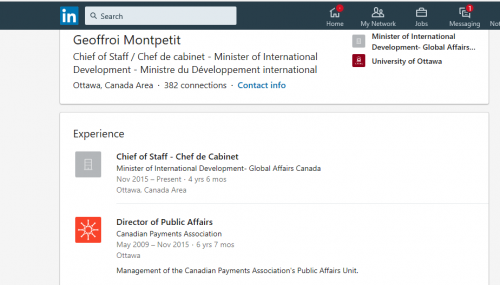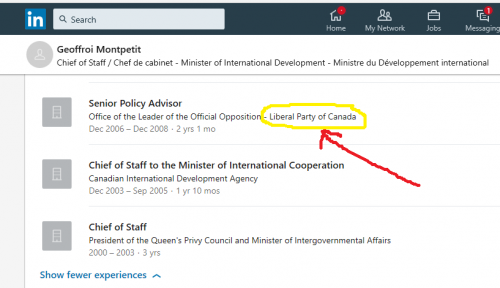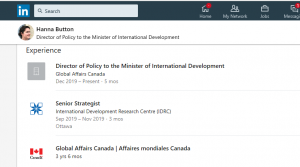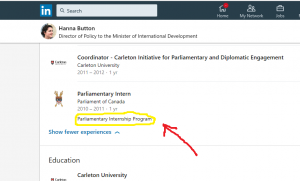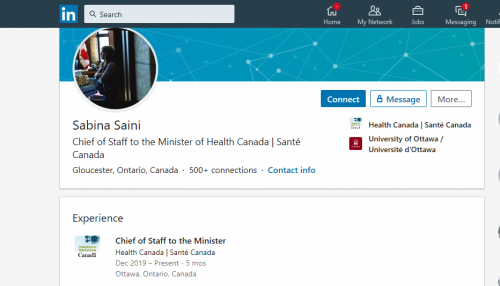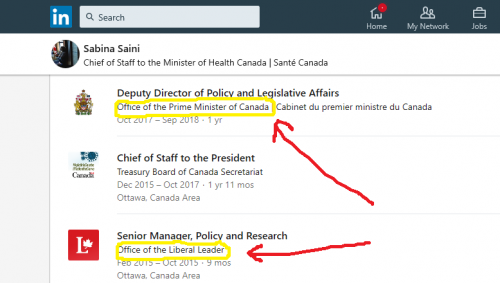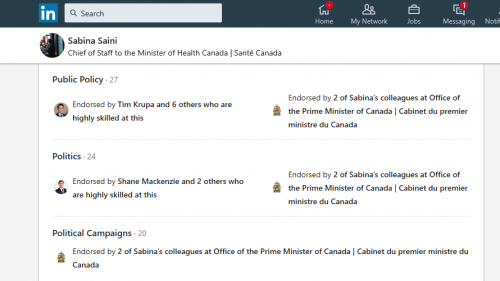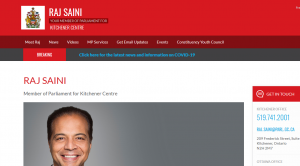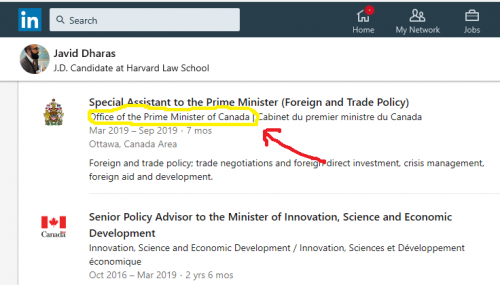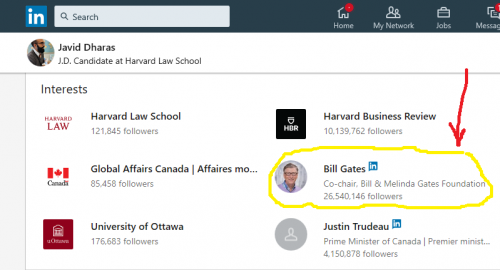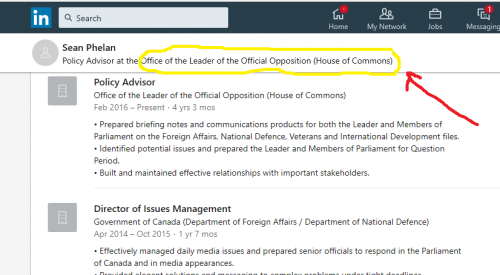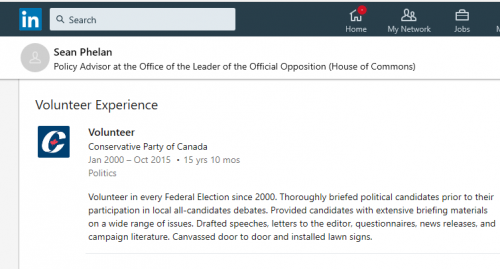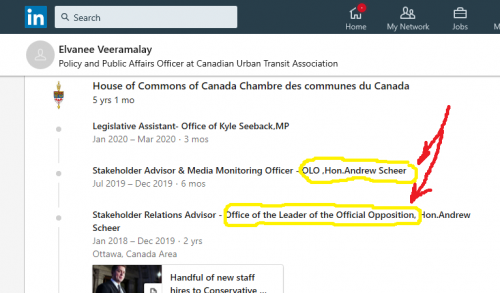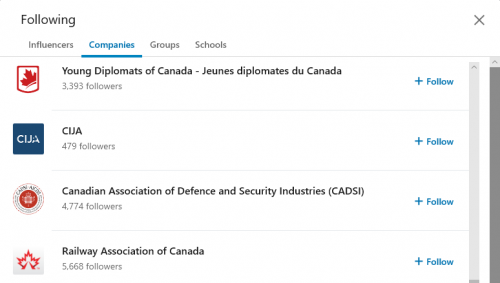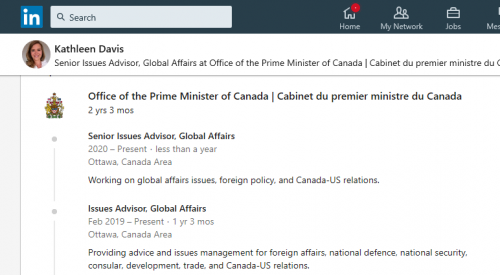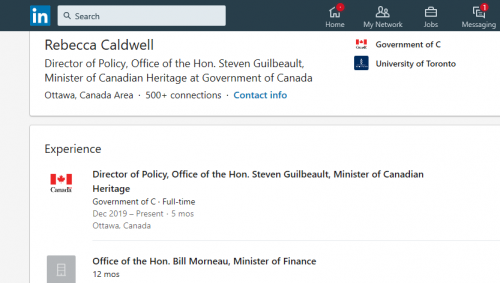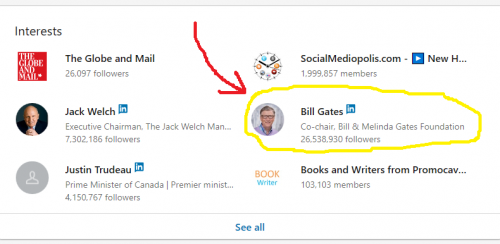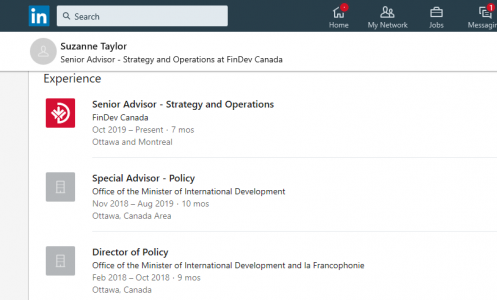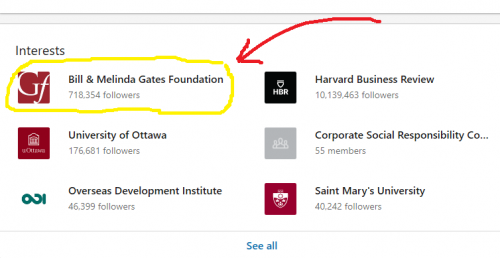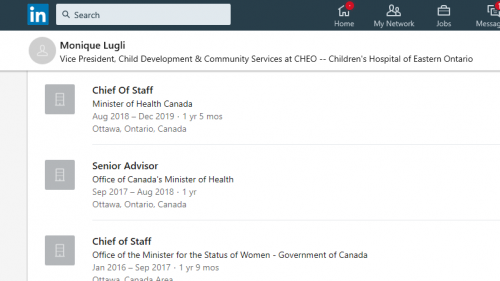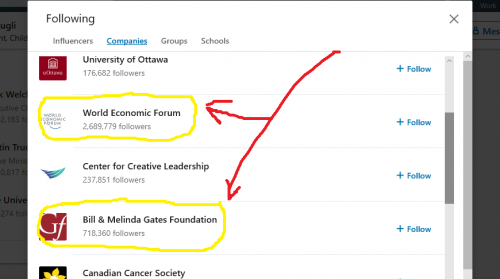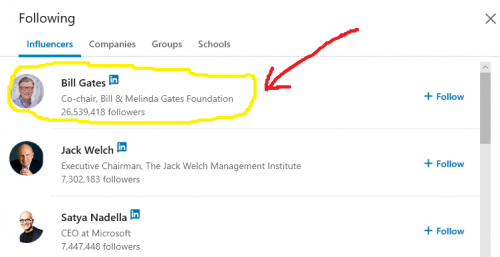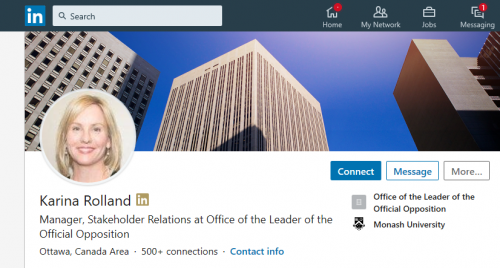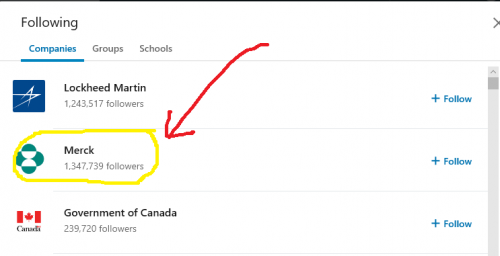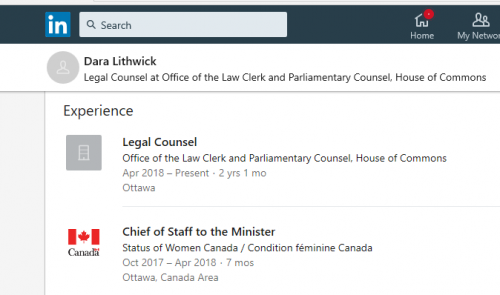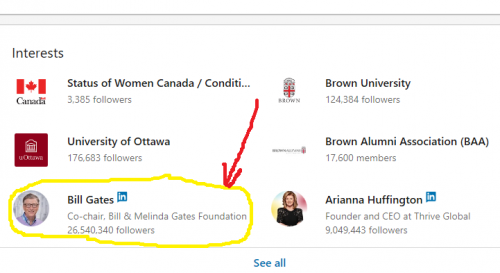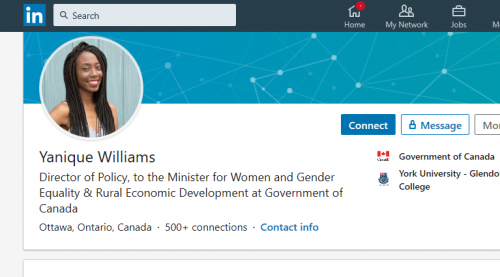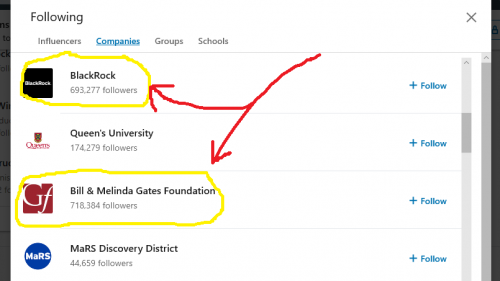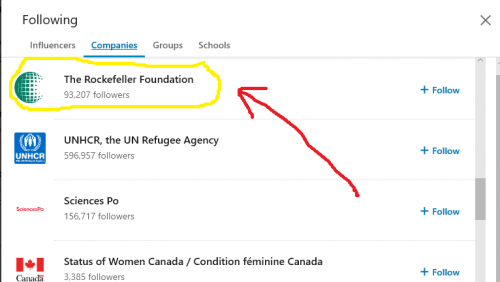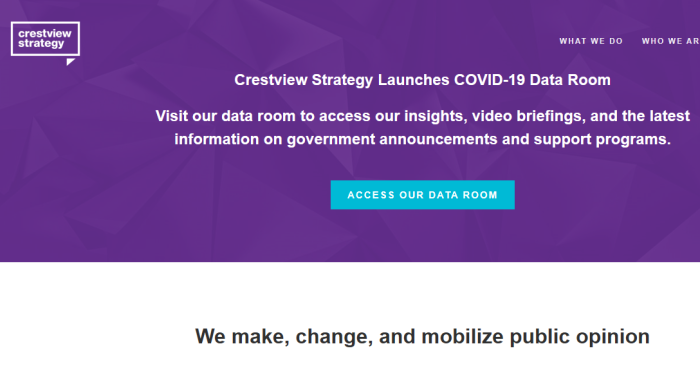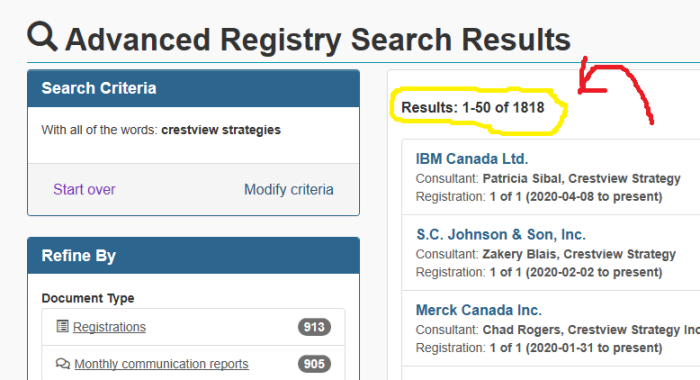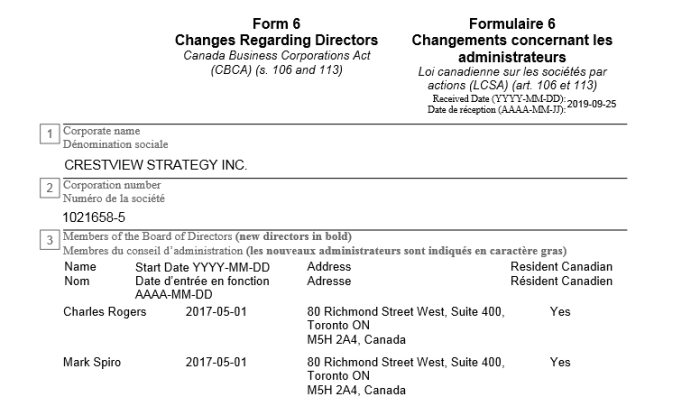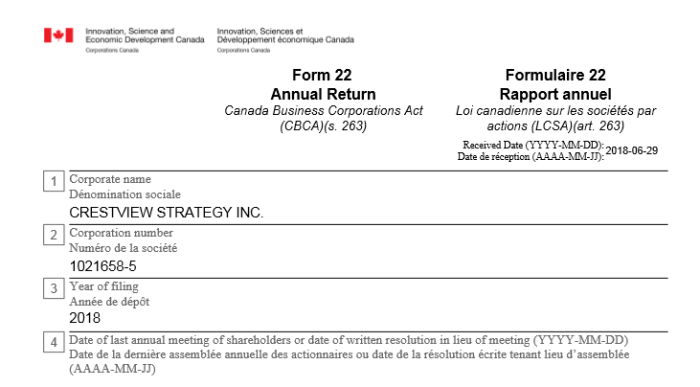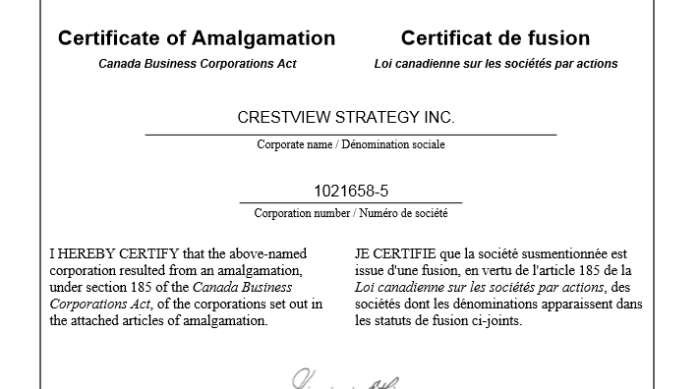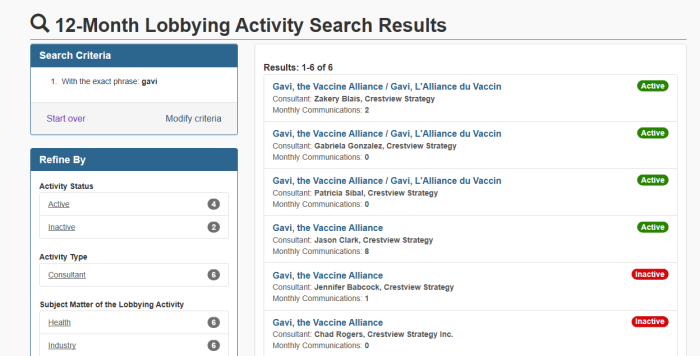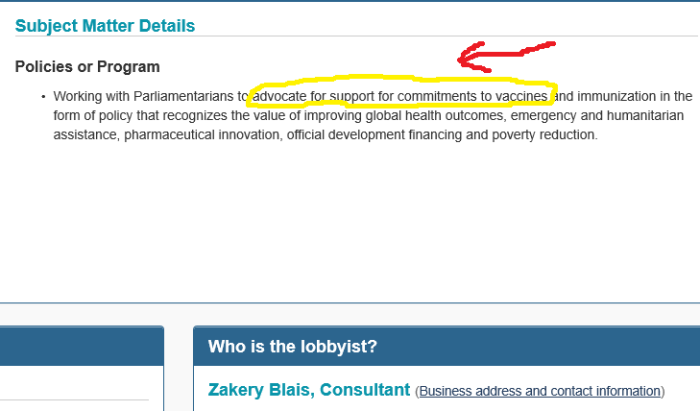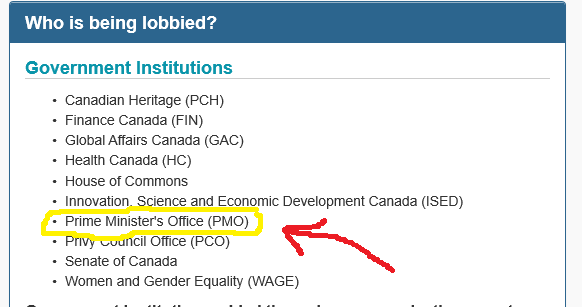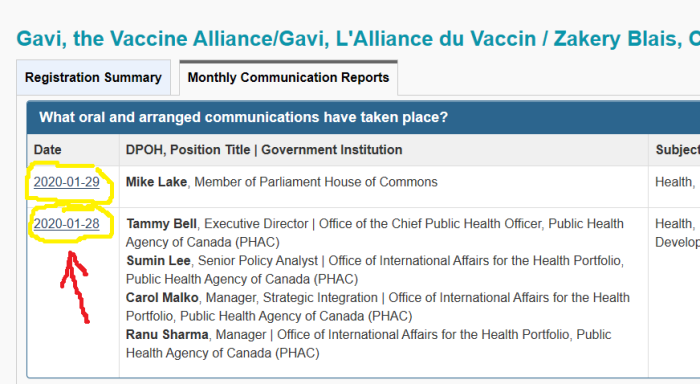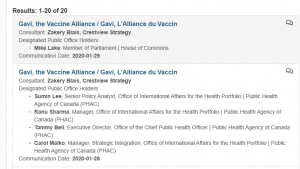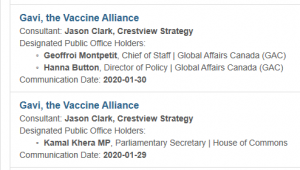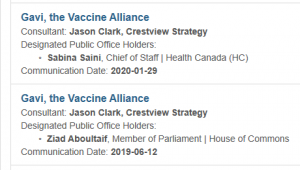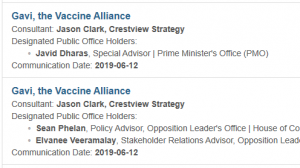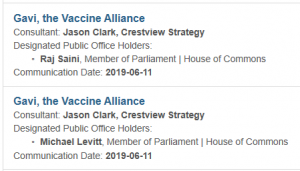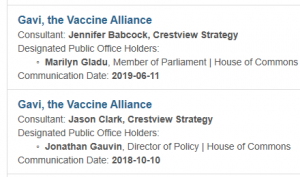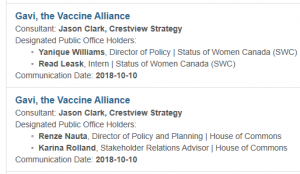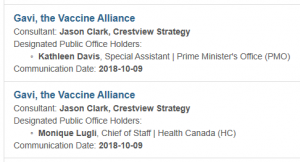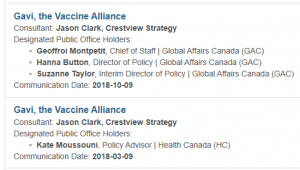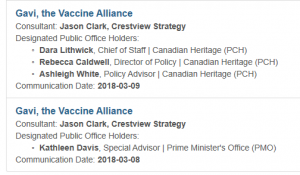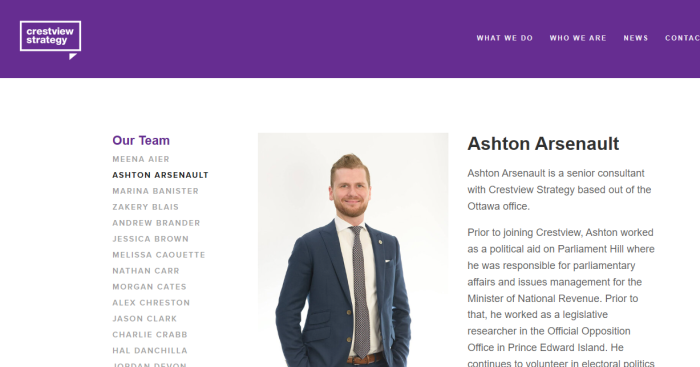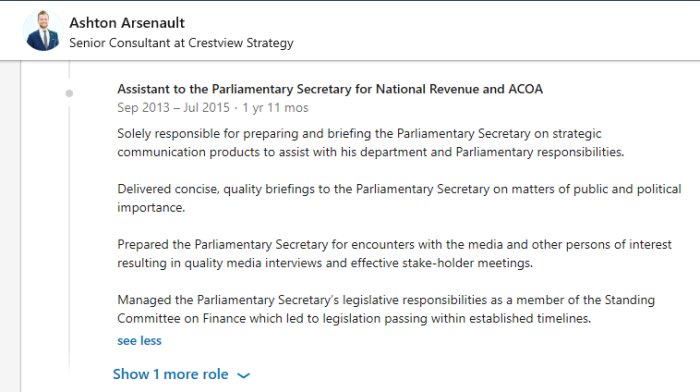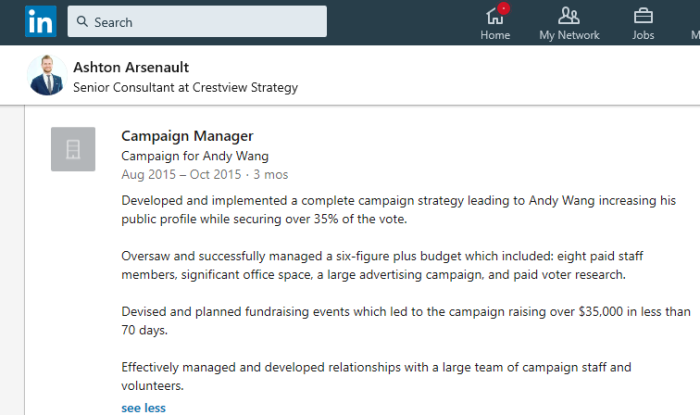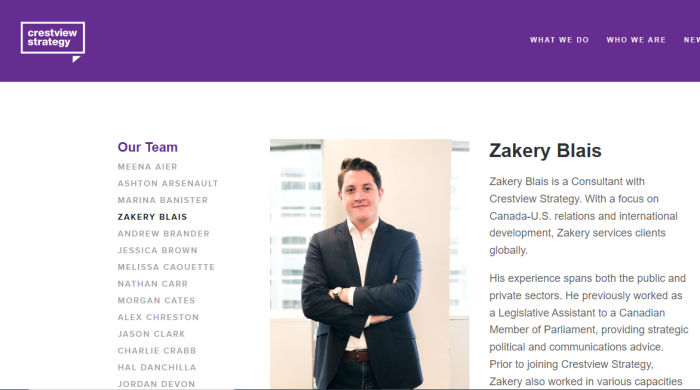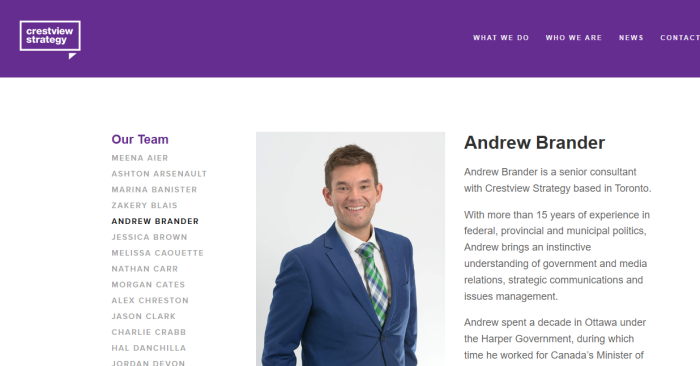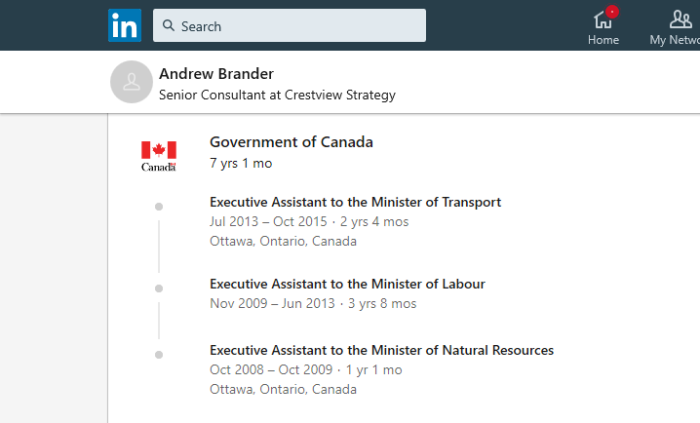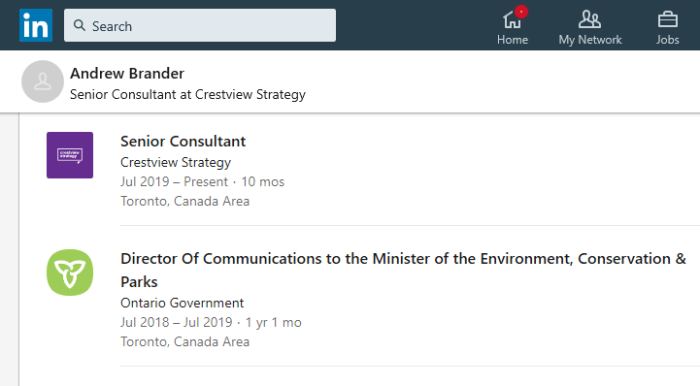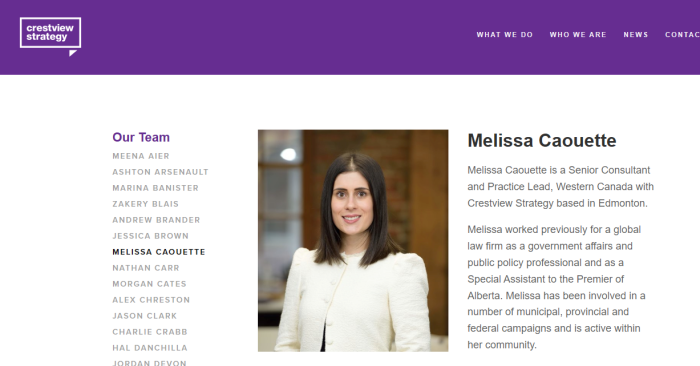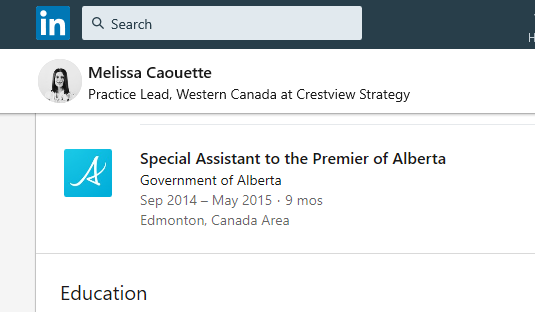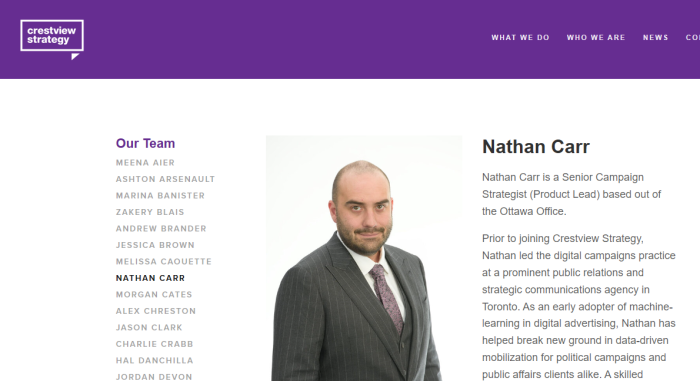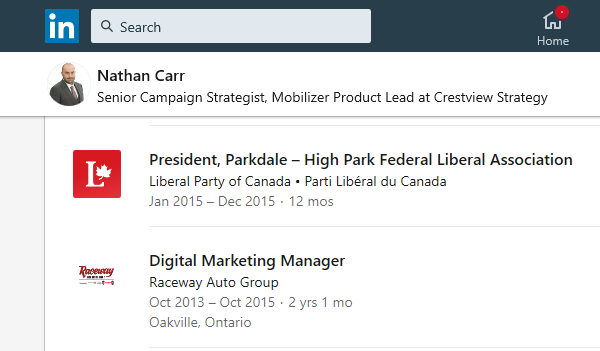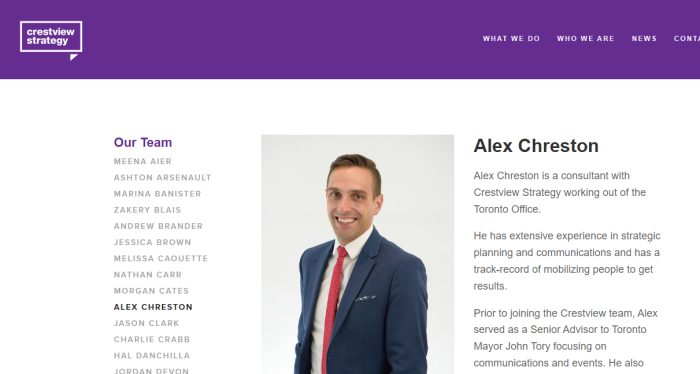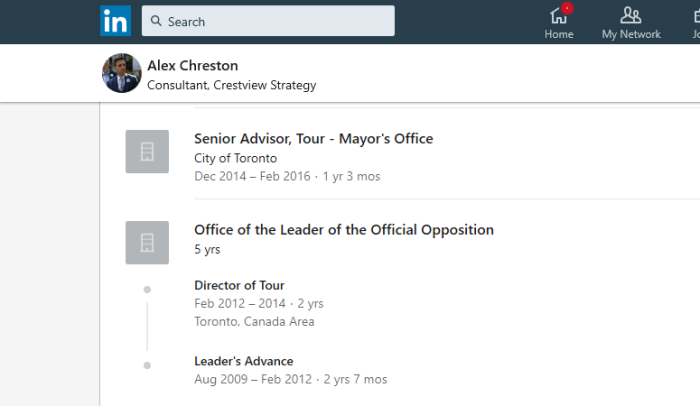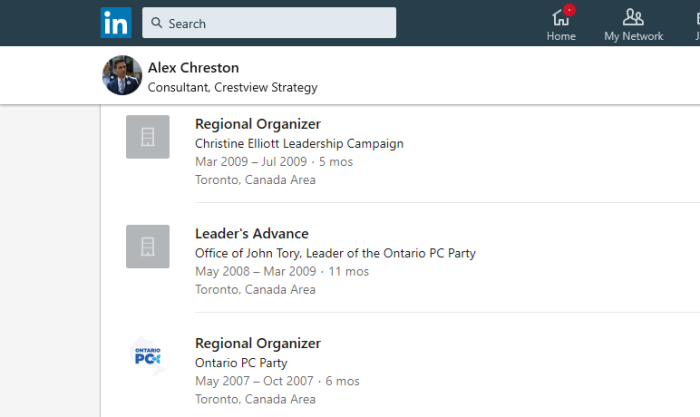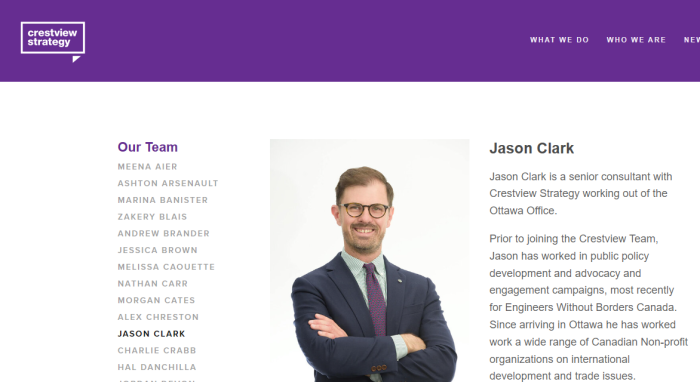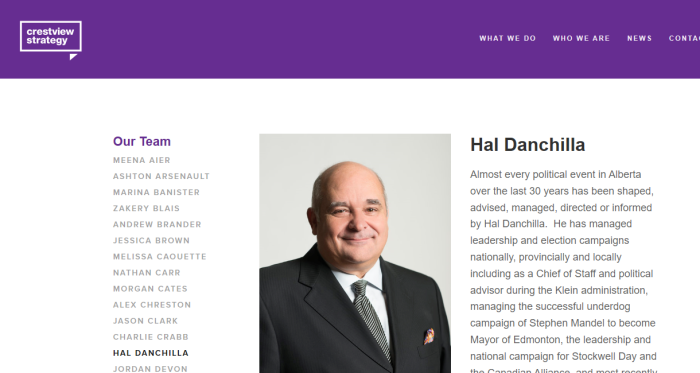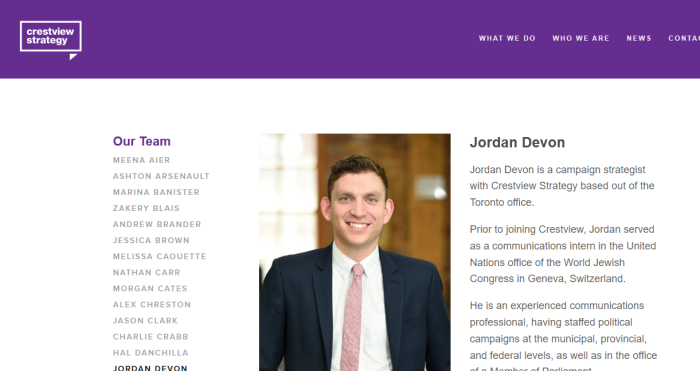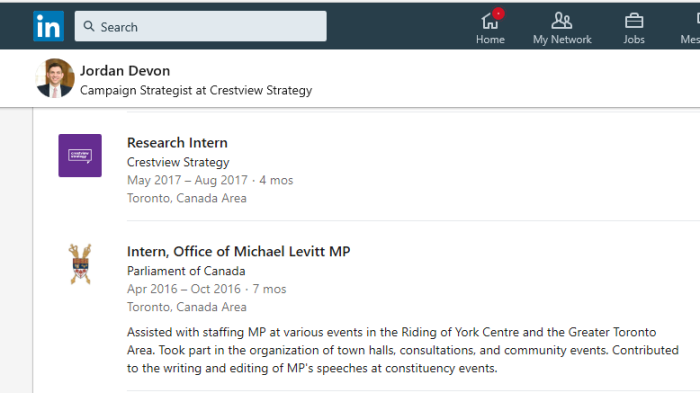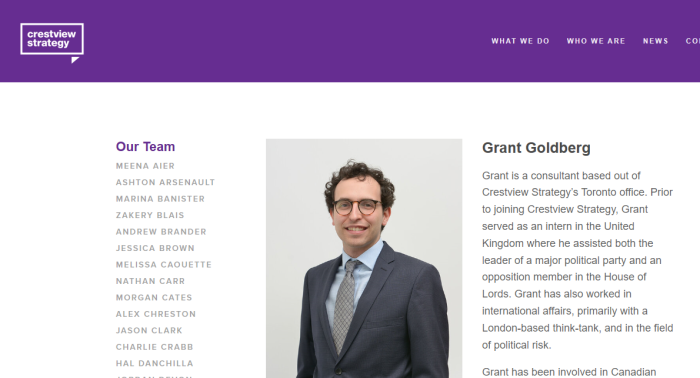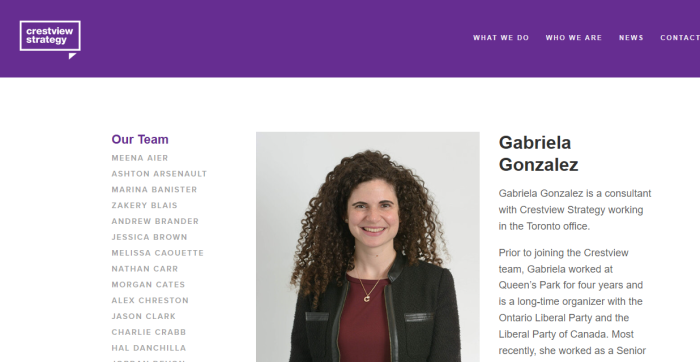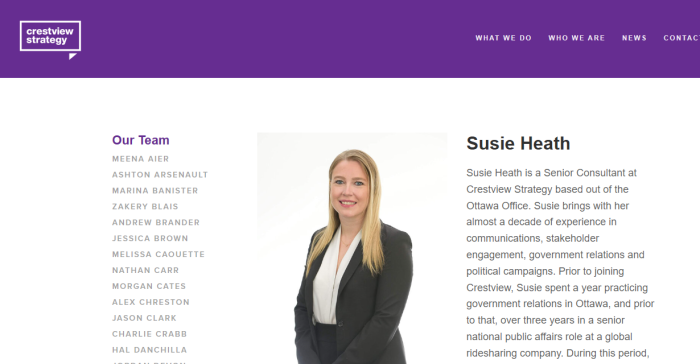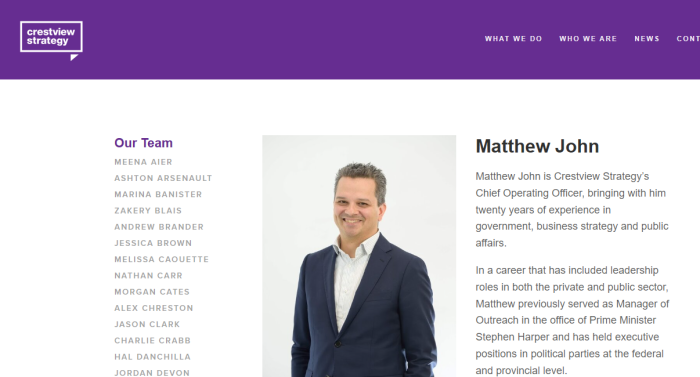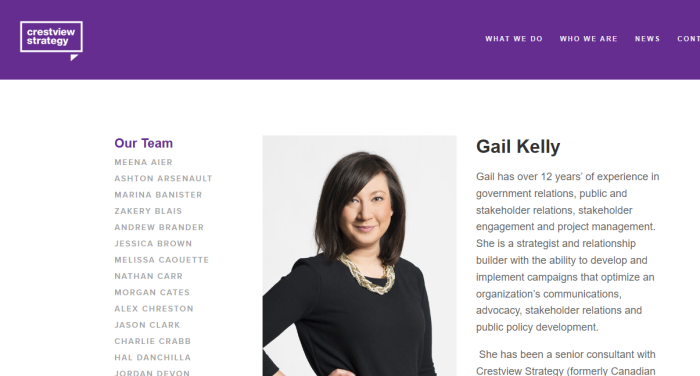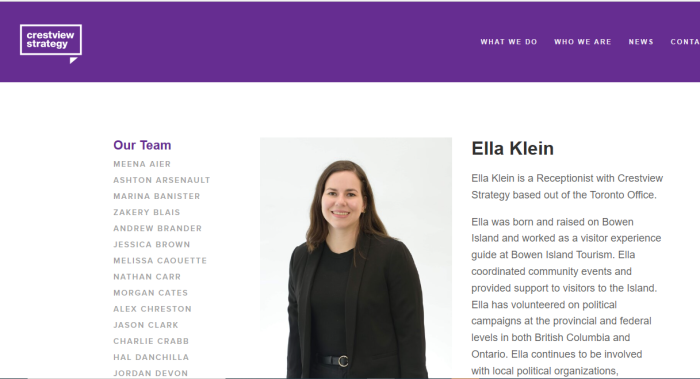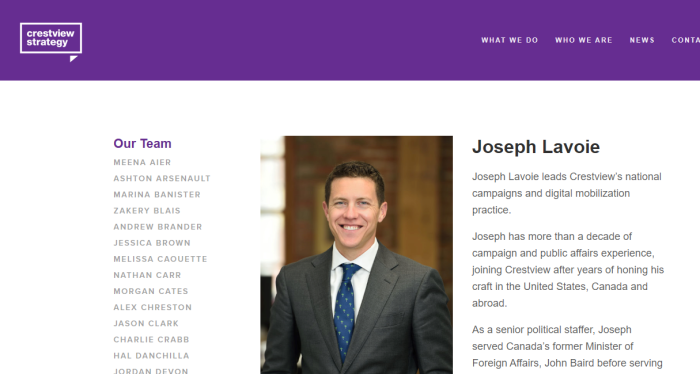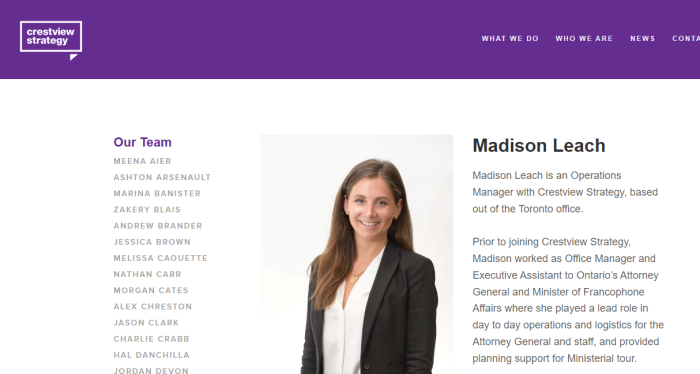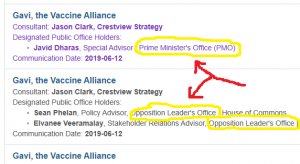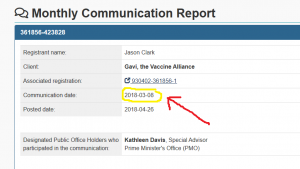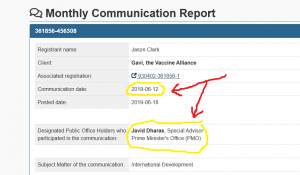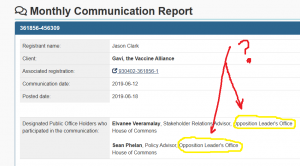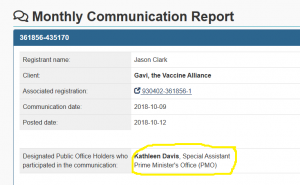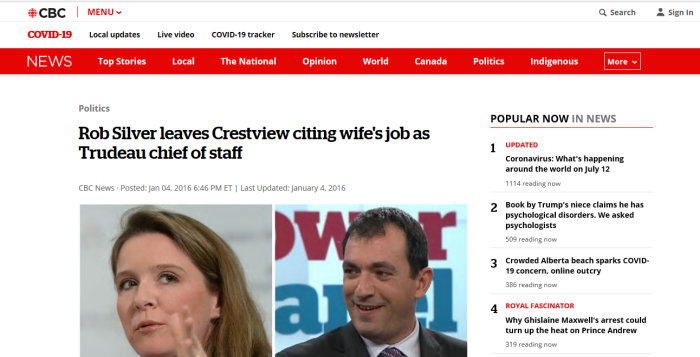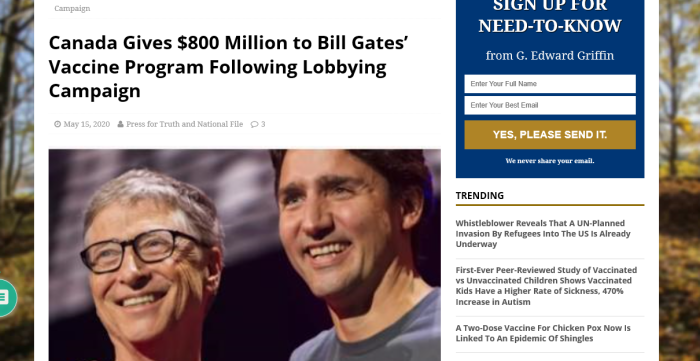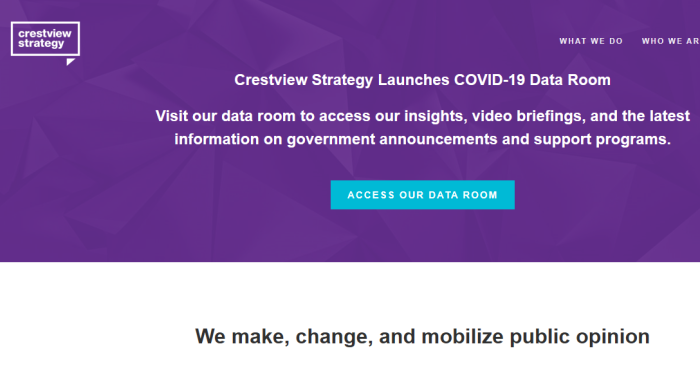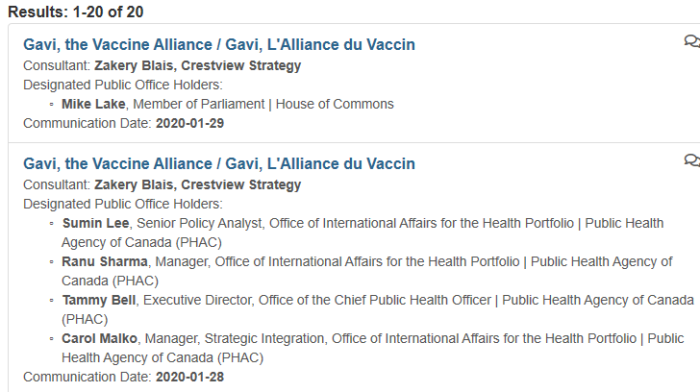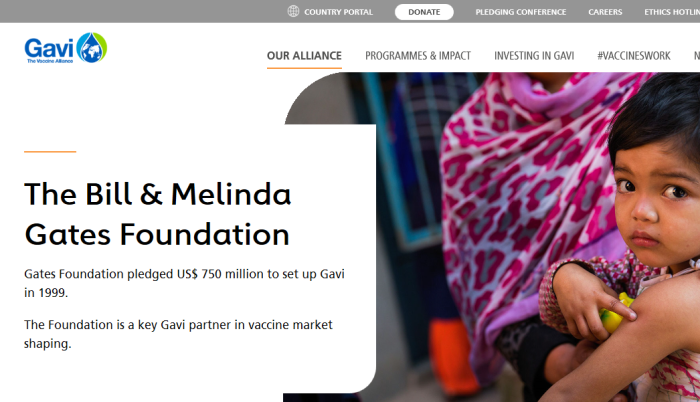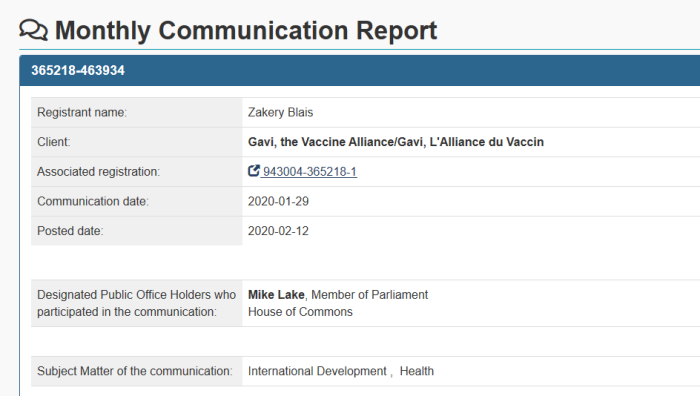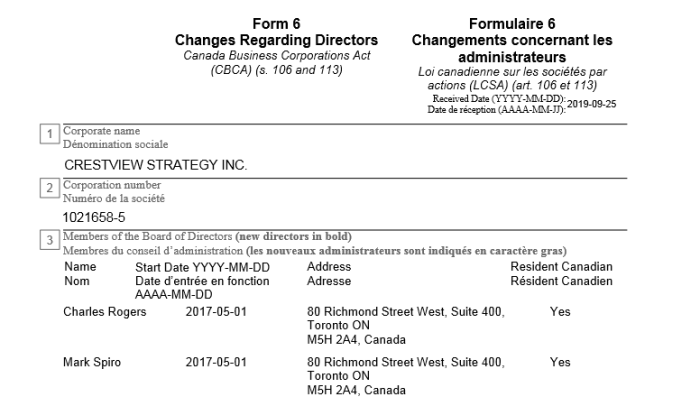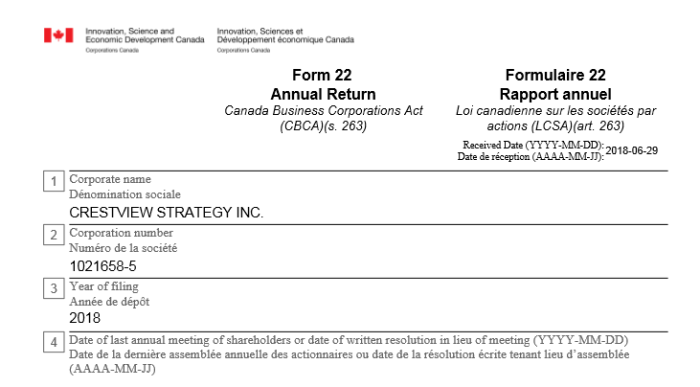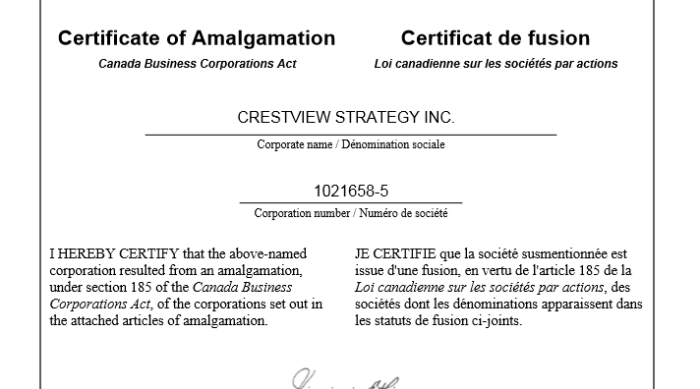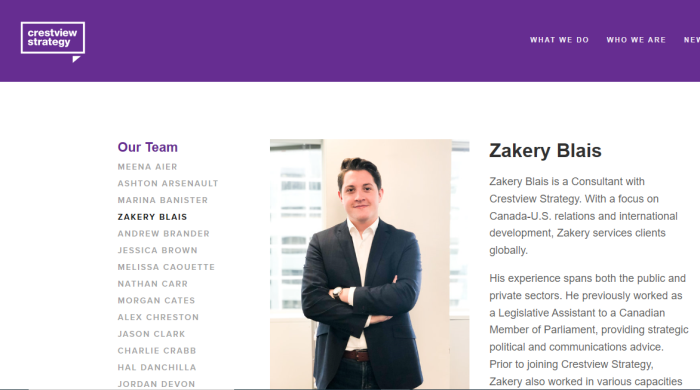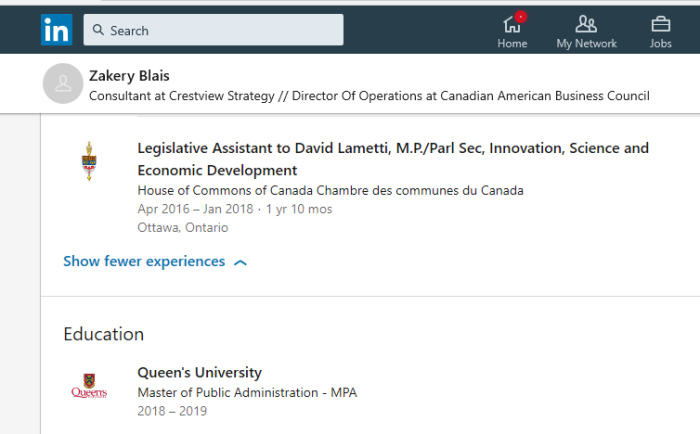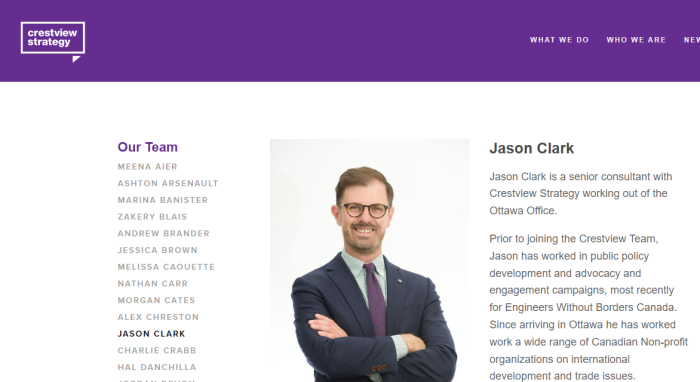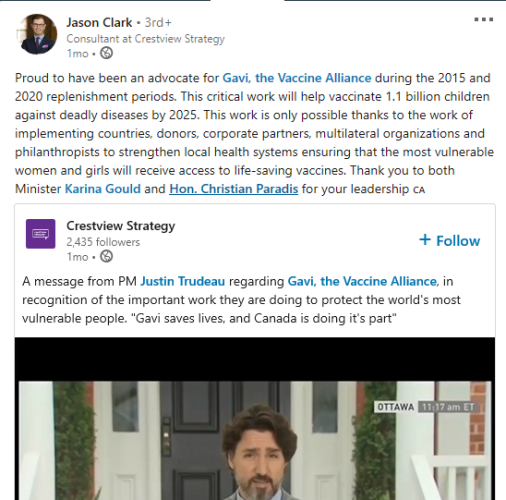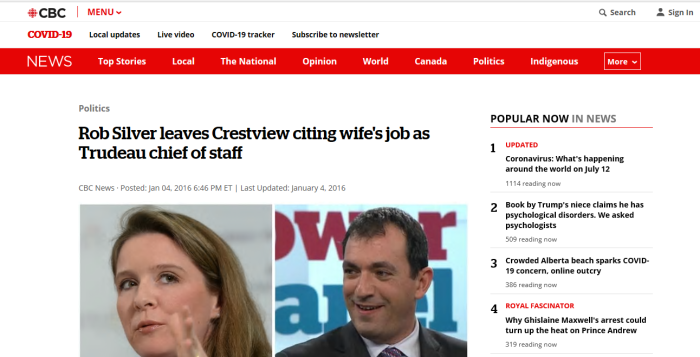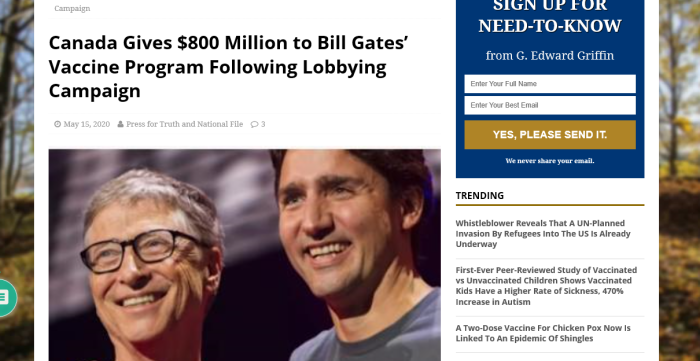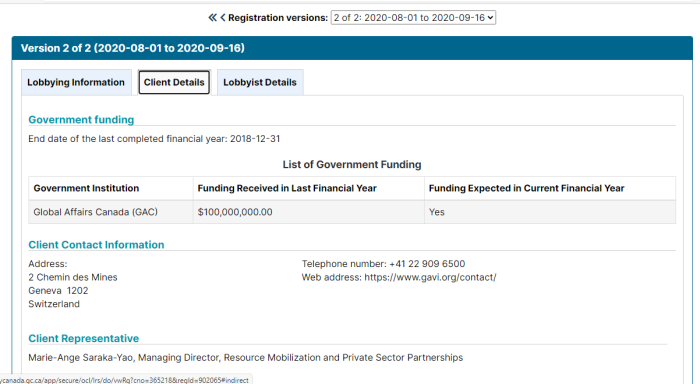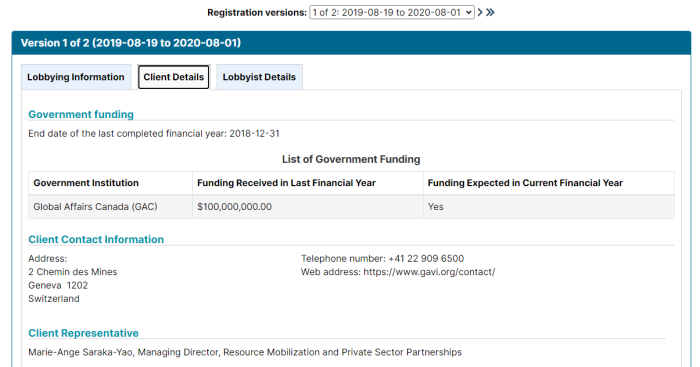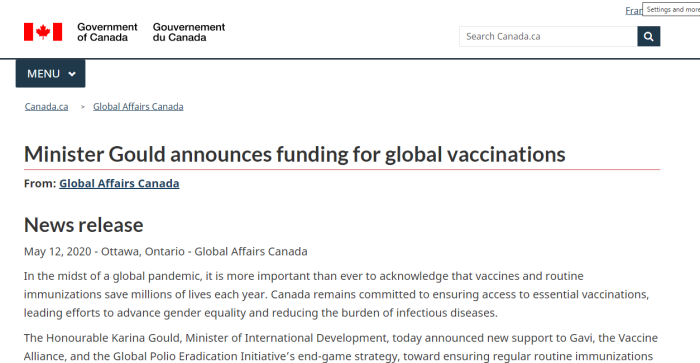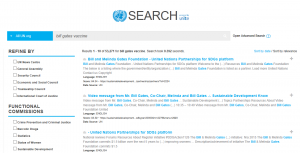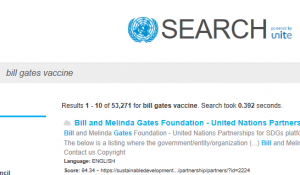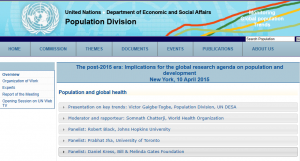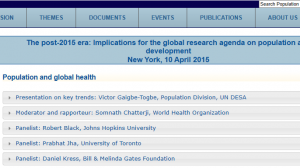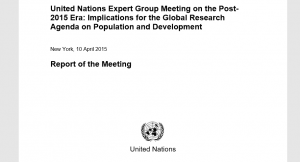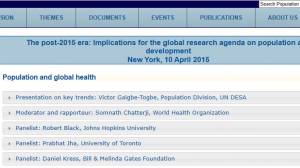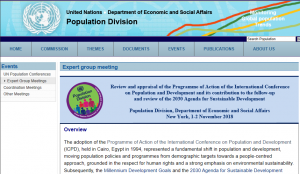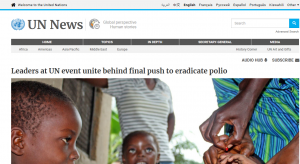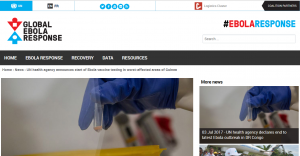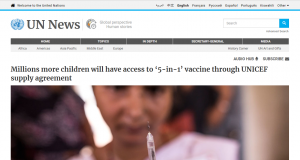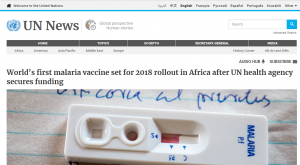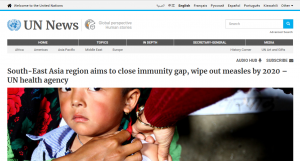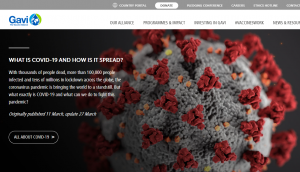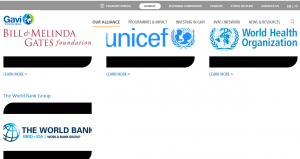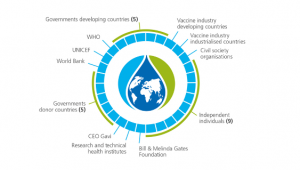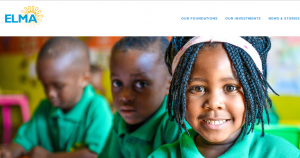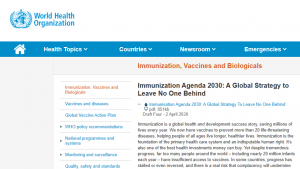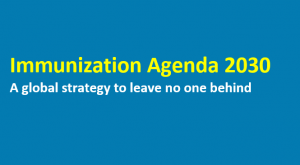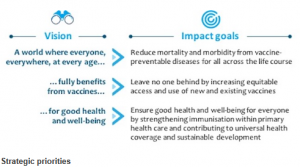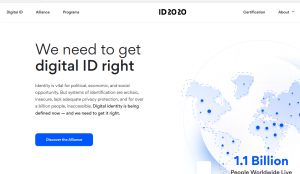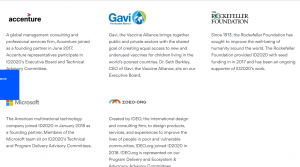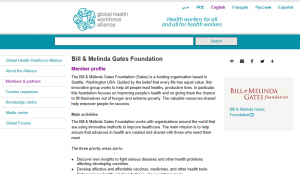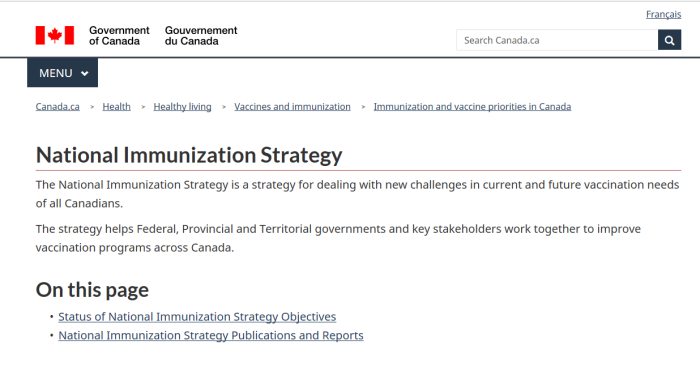
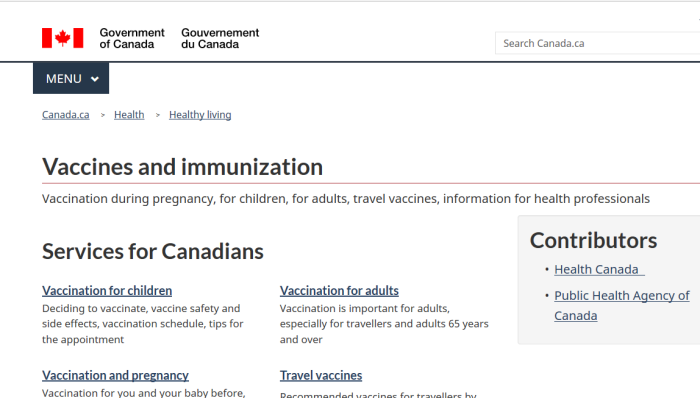
The Government of Canada has information about vaccines posted online. Lots of it.
1. Other Articles On CV “Planned-emic”
(A) https://canucklaw.ca/cv-0-corona-plandemic-lobbying-deleted-resources-cl-listings-theresa-tam-canadas-hoaxer-zero
(B) https://canucklaw.ca/cv-1-coronavirus-patent-by-pirbright-institute-funded-by-gates-foundation-climate-change-scam-15/
(C) https://canucklaw.ca/cv-2-coronavirus-research-at-usask-gates-foundation-undp-funded-ivi-douglas-richardson/
(D) https://canucklaw.ca/cv-3-bill-gates-vaccines-un-who-gavi-id2020-us-cdc-all-involved/
(E) https://canucklaw.ca/cv-4-gates-foundation-lobbied-trudeau-using-proxies-into-accepting-vaccine-agenda/
(F) https://canucklaw.ca/cv-5-crestview-strategy-the-lobbying-firm-advocating-for-gavis-vaxx-agenda/
(G) https://canucklaw.ca/cv-6-many-bureaucrats-gavi-crestview-strategy-lobbied-already-followed-gates/
(H) https://canucklaw.ca/cv-7-m-132-and-international-pharma-research-grants-in-canada/
2. Important Links
(1) https://www.canada.ca/en/public-health/services/immunization-vaccine-priorities/national-immunization-strategy.html
(2) http://archive.is/TBv94
(3) http://www.phn-rsp.ca/index-eng.php
(4) http://archive.is/DbTAe
(5) https://www.canada.ca/en/public-health/services/publications/healthy-living/national-immunization-strategy-objectives-2016-2021.html
(6) http://archive.is/m3eBE
(7) https://www.canada.ca/en/public-health/services/immunization-vaccine-priorities/immunization-partnership-fund.html
(8) http://archive.is/wrdrI
(9) https://www.who.int/immunization/programmes_systems/vaccine_hesitancy/en/
(10) http://archive.is/M2VR8
(11) https://www.canimmunize.ca/en/home
(12) http://archive.is/2IsV6
(13) https://www.canada.ca/en/public-health/services/immunization-vaccine-priorities/national-immunization-strategy/vaccination-coverage-goals-vaccine-preventable-diseases-reduction-targets-2025.html
(14) http://archive.is/CxhM0
(15) https://www.who.int/
(16) http://archive.is/6uTwK
(17) https://apps.who.int/iris/bitstream/handle/10665/329097/WHO-IVB-19.07-eng.pdf?ua=1
(18) https://www.weforum.org/our-impact/saving-lives-through-vaccinations
(19) http://archive.is/S2yjZ
(20) CLICK HERE, for Reuters, on Gates 2010 WEF announcement.
(21) http://archive.is/Eg2Ty
(22) nat_imm_strat.2003.report
ANNEXES
who.methodology.stakeholder.results
who.monitoring.evaluating.results
who.GVAP.secretariat.report.2019
who.2019.report.global.vaccine.action.plan
who.immunization.scorecard.estimates.2018
3. Context For This Article
The Canadian Government has adopted significant portions of the WHO’s vaccine agenda, including expanding it to include more and more items. Parliament has approved (see last article) increased funding for research and supply of more vaccines. The Government and Gates’ people seem to be in lockstep ideologically.
Even worse than the government simply going along with this is the propaganda elements. They refer to it as “overcoming vaccine hesitancy”. In practice, this amounts to little more than psychological manipulation in order to convince people that these vaccines are safe. Both the Canadian Government and the World Health Organization engage in this very shady tactic.
For some perspective on the vaccine agenda, let’s look at a partial timeline of events that are happening in Canada and elsewhere.
TIMELINE:
2000 – GAVI (Global Vaccine Alliance) formed
2003 – Nat’l Immunization Strategy Report released
2010 – At WEF, Gates announces $10B to develop vaccines
2014 – Research done into “vaccine hesitancy”
2015 – Journal of Vaccine article on “vaccine hesitancy”
2016 – $25M Committed in 2016 budget for more immunizations
2016 – ID2020 launched by Gates
2017 – M132 passed, to get more funding for big pharma
2018 – GAVI/Crestview lobbies Canadian politicians/bureaucrats
2018 – CANimmunize app launched for smartphones
2018 – HoC Committee on Health approves M-132
2018 – Measuring Behavioural, Social Drivers of vaxx meeting
2019 – Recommendations of M-132 formally adopted
2019 – Working Group (Gates/GAVI) to promote vaxx agenda
2020 – Canada’s economy is unnecessarily crashed
2020 – PM, Premiers talk about mandatory vaxx in Canada
The following sections will cover both initiatives that the Canadian Government has undertaken, as well as the public relations efforts to combat what they refer to as “vaccine hesitancy”.
4. CANimmunize Mobile App
In 2018, the CANImmunize App was released publicly. See this original YouTube video. If putting all your records on some app is becoming more mainstream, what’s to stop there from eventually being a biological record?
The CANimmunize app is promoted on the page. So the Government of Canada sees this as a totally valid and legitimate pathway to take. But don’t worry, as bad as that is, there are worse things to be considered.

There is of course ID2020, which Bill Gates is a major supporter of. He is in favour of creating a digital ID for everyone, and even goes as far as to propose embedding immunization records into people’s skin.
5. Canada Nat’l Immunization Strategy, 2003
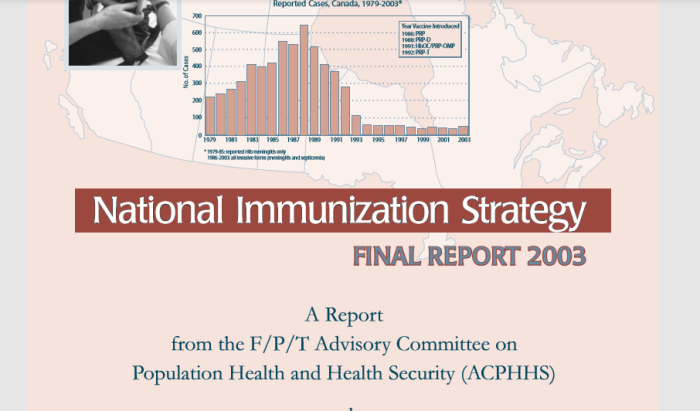
nat_immunization_strategy_e.003
Preamble
Over the past several years, the Advisory Committee on Population Health and Health Security (ACPHHS) has supported development of a national approach to addressing immunization issues in Canada. During this period, numerous meetings and consultations with federal, provincial, and territorial (F/P/T) public health representatives and other relevant stakeholders were undertaken to identify and develop collaborative approaches to strengthening immunization in Canada.
The value of this collaborative work was reflected in the February 2003 First Ministers’ Accord on Health Care Renewal, which included direction to Health Ministers to continue their pursuit of a national immunization strategy. The 2003 Federal Budget provided $45 million over five years to assist in the continued pursuit of a national immunization strategy, as directed by First Ministers. Specifically, Health Canada is to receive $5 million in 2003-04 and $10 million in 2004-05 and ongoing. This funding will enable strengthened collaboration with the provinces, territories and key stakeholders to improve the effectiveness and efficiency of immunization programs in Canada, but will not be used for vaccine procurement
All of this seems harmless enough, but in 2003, a report had been released about the Government’s agenda of boosting vaccinations across Canada.
6. Nat’l Immunization Objectives: 2016-2021
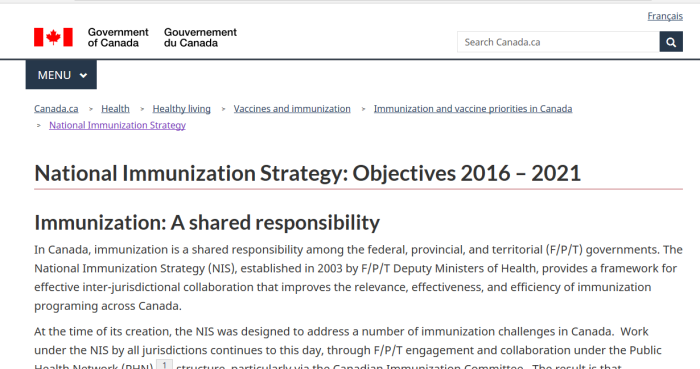
Our next steps: NIS objectives 2016 – 2021
While immunization coverage in Canada today is good, we are not reaching any of the coverage goals set in 2005, leaving Canadians vulnerable to preventable illness. Furthermore, while rates of vaccine preventable diseases in Canada are low, recent measles and pertussis outbreaks demonstrate that Canadians are still at risk.
In its 2016 Budget, the Government of Canada committed $25M over five years to increase immunization coverage rates. While all NIS priorities are important, given the shared responsibility for immunization in Canada, and respectful of the collaborative, ongoing work of the NIS, F/P/T partners have worked together to establish a set of short term objectives that can capitalize on this new investment, leverage momentum and build from the 2013 priorities to provide F/P/T focus for the next five years.
This page outlines in extremely broad strokes the agenda for 2016 to 2021
7. CDA Immunization Partnership Fund
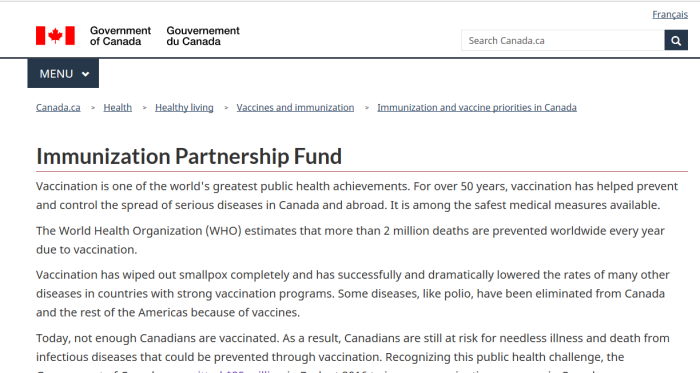
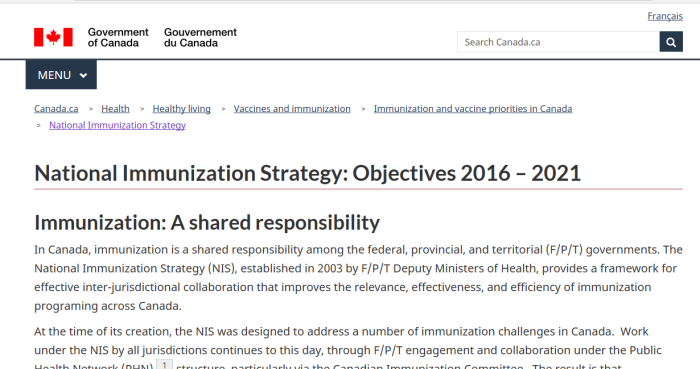
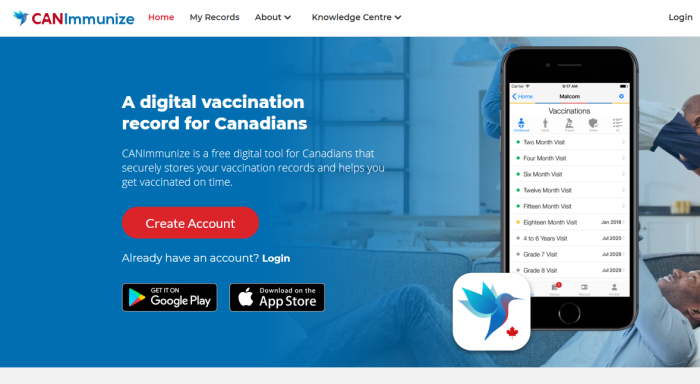
Today, not enough Canadians are vaccinated. As a result, Canadians are still at risk for needless illness and death from infectious diseases that could be prevented through vaccination. Recognizing this public health challenge, the Government of Canada committed $25 million in Budget 2016 to increase vaccination coverage in Canada.
The page does however go into considerable detail about “overcoming vaccine hesitancy”. This is short amounts to efforts to CONVINCE people that vaccines are safe.
increasing demand for vaccination
addressing gaps in
- knowledge
- attitudes
- beliefs
And below we will get to some specific efforts being launched.
Creation of a Canadian Immunization Resource Centre (CANVAX)
This project, led by The Canadian Public Health Association, is designed to provide ready access to the latest evidence-based products and tools via the online Canadian Vaccination Evidence Resource and Exchange Centre. The Centre primarily targets those who are responsible for the planning, development and promotion of immunization programs, and aims to increase their understanding, awareness and capacity to enhance vaccine acceptance and uptake in Canada.
Decreasing Vaccine Hesitancy: Enhancing the knowledge and skills of health care professionals
This project, led by the Canadian Paediatric Society (CPS), has developed a workshop and an online education module on vaccine hesitancy. These courses will provide health care providers with a better understanding of the common causes of vaccine hesitancy and the most effective ways to counsel their patients and families to make informed decisions. Additionally, CPS has reinstated the online version of its Education Program for Immunization Competencies (EPIC), which is designed to help health care professionals provide accurate and complete information to their patients about immunization.
Examining and overcoming barriers to vaccine hesitancy in Yukon
Yukon Health and Social Services is implementing a project with the goal of understanding the factors that contribute to vaccine uptake and incomplete/non-vaccination. The data that is gathered will be used to inform evidence-based strategies aimed at improving vaccination service delivery and uptake in Yukon.
HPV Vaccination in Schools: Developing effective strategies for increasing vaccine coverage
The Institute national de santé publique du Québec, in collaboration with the ministère de la Santé et des Services sociaux du Québec, will develop and evaluate different strategies designed to increase vaccination coverage rates in select elementary schools within the province. These parent-focused strategies include motivational interviewing, education, decision making tools, and reminders to submit consent forms
Immunize Nunavut: Using data to inform practice
Immunize Nunavut, led by the Department of Health in Nunavut, will improve the quality of vaccination data that will then be used to inform tailored interventions aimed at increasing vaccination coverage rates and to strengthen existing vaccination delivery programs
(COMPLETED)
Enhancing adult immunization coverage in Prince Edward Island
This project, led by the Prince Edward Island Department of Health and Wellness, has implemented a multi-faceted, province-wide initiative to increase adult vaccination rates by working with health care providers to increase their ability to identify under and unvaccinated individuals through the development and use of an Immunization Assessment Tool. As well, this project will enhance health care provider’s ability to communicate more effectively with their patients about vaccination.
(COMPLETED)
Implementation of an educational strategy to promote immunization based on motivational interviewing techniques in maternity hospitals in Québec
In collaboration with provincial partners, the Centre Intégré Universitaire de Santé et Services de l’Estrie – Centre hospitalier universitaire de Sherbrooke implemented this project to increase infant vaccination coverage rates in Quebec. To do this, health care providers from the 13 largest maternity wards in Quebec received training in motivational interviewing techniques specific to infant vaccination. Motivational interviewing allows health care providers to better address the concerns of parents who are reluctant to vaccinate their children and to support them in their decision-making process regarding infant vaccination.
What is particularly disturbing here is that about half the programs seem focused on promoting and selling the vaccines. It comes across as propaganda the way they are worded.
However, it is about to get much, MUCH creepier than this. The World Health Organization has done extensive research on it. Parties including UNICEF, the US Centers for Disease Control (CDC), Gavi, the Vaccine Alliance, and the Bill and Melinda Gates Foundation all got together to discuss how to better pitch vaccines to the public.
8. Tricks To Beat “Vaccine Hesitancy”
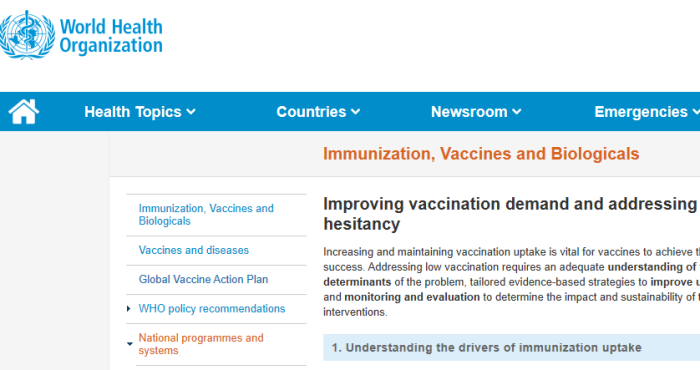
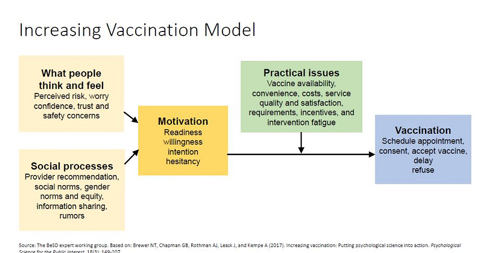
The World Health Organization has done considerable research on the subject of “vaccine hesitancy”. This of course is the natural reaction of people to be reluctant to put needles of unknown substances into their bodies.
Improving vaccination demand and addressing hesitancy
Increasing and maintaining vaccination uptake is vital for vaccines to achieve their success. Addressing low vaccination requires an adequate understanding of the determinants of the problem, tailored evidence-based strategies to improve uptake, and monitoring and evaluation to determine the impact and sustainability of the interventions.
Hesitancy in relation to vaccination may affect motivation, causing people to reject it for themselves or their children. Hesitancy can be caused by individual, group, and contextual influences, as well as any vaccine-specific issues.
Given the potential for hesitancy to rapidly undermine vaccination coverage in specific settings, it is important that all countries take steps to understand both the extent and nature of hesitancy at a local level, on a continuing basis. Accordingly, each country should develop a strategy to increase acceptance and demand for vaccination, which should include ongoing community engagement and trust-building, active hesitancy prevention, regular national assessments of concerns, and crisis response planning
It’s fair to take from this, that the efforts to understand hesitancy do not at all seem rooted in any altruistic motivation. Rather, they seem designed to form the basis to manipulate and otherwise persuade people into taking something that could be extremely harmful to them.
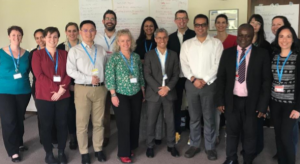
Meeting participants, from left to right: Kerrie Wiley, Neetu Abad, Gilla Shapiro, Alina Lack, Wenfeng Gong, Nick Sevdalis, Julie Leask, Monica Jain, Gustavo Correa, Noel Brewer, Saad Omer, Cornelia Betsch, Charles Wiysonge, Gillian SteelFisher, Lisa Menning, Eve Dubé
In May 2019, a group of people got together to come up with ways to make mass vaccination an easier sell to the public. Read the report and decide whether this is harmless enough.
The World Health Organization has released several other papers and research findings into vaccine hesitancy. Either they are moronic, or they truly think that what they are doing is for the best of humanity.
hesitancy.research
hesitancy.research.02
hesitancy.research.strategies.for.addressing
hesitancy.conclusions.for.addressing
In addition to the above research, there are questionnaires that are available. Asking and probing for certain types of information will give the illusion that you are concerned with the person’s well being.
hesitancy.survey.questionnaires
In January 2015, this paper was released, giving insight into the various reasons people are likely to avoid taking vaccines. It also provided helpful information to convincing the subject that it was still in their best interest.
hesitancy.recommendations.to.correct
There is of course more research available on the subject. But the point is that it has been extensively studied. A cynic might wonder if the WHO spends more effort researching ways to pitch vaccines to the public than they do researching to see if they are actually safe.
9. Vaccine Hesitancy Parallels Climate Scam
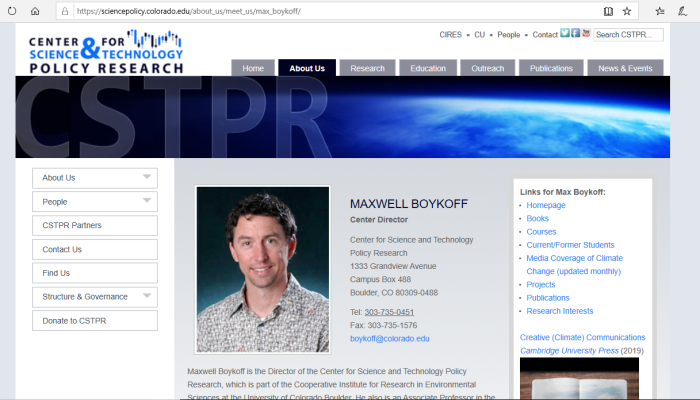
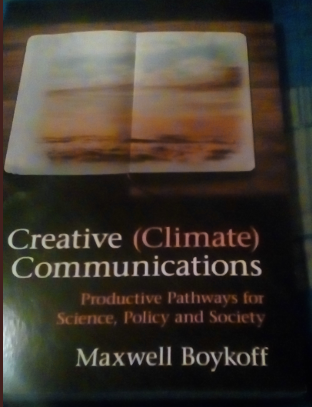
Although this may initially seem absurd, there is a parallel between overcoming “vaccine hesitancy” as the WHO and others call it, and selling the climate change scam to the public.
Consider the reviews done of Maxwell Boykoff here, here, and here. Boykoff, in his book Creative Climate Communications, outlined an extensive array of psychological and sociological tactics used to convince people that they were in danger from climate change.
In order words, the research was done into manipulation techniques. The same thing can be seen with vaccine hesitancy research.
10. Canada/WHO Vaccine Targets Of 2025
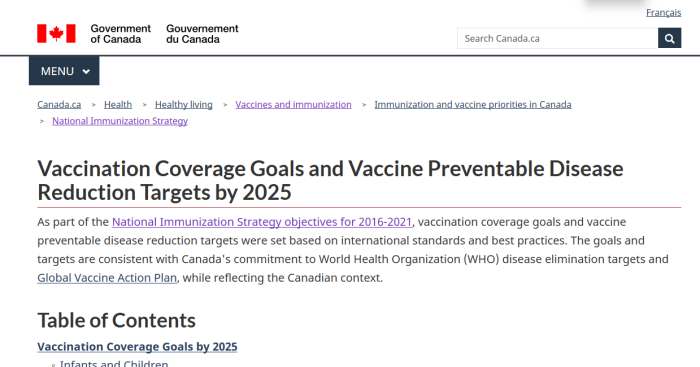
Now that the anxiety is out of your system, let’s look a bit into Canada’s objectives and targets for mass vaccinations.
As part of the National Immunization Strategy objectives for 2016-2021, vaccination coverage goals and vaccine preventable disease reduction targets were set based on international standards and best practices. The goals and targets are consistent with Canada’s commitment to World Health Organization (WHO) disease elimination targets and Global Vaccine Action Plan, while reflecting the Canadian context.
According to this, Canada’s goals are consistent with the commitments made to the Global Vaccine Alliance Plan, and to disease reduction targets.
Vaccination Coverage Goals by 2025
Vaccination coverage goals were developed for infants, childhood, adolescent and adult vaccines that are publically funded in all provinces and territories (PT). Progress toward the national vaccination coverage goals will be reported based on the data collected using national coverage surveys. Vaccine coverage monitoring at the national level takes into account variations in PT vaccination programs.
Infants and Children
To ensure children are protected through routine vaccination, a high vaccination coverage goal of 95% has been established for all childhood vaccines by two and seven years of age.
This level of vaccination coverage is based on the level of population protection required for measles, the most easily-spread vaccine preventable disease.
Don’t worry. Once you have been cured of your vaccine hesitancy, the Government has an extensive array of pharmaceuticals and medications that you will able to get for free. Don’t worry that many of these are being developed by people who think the world is overpopulated. Nothing to see here.
11. WHO’s Global Vaccine Action Plan
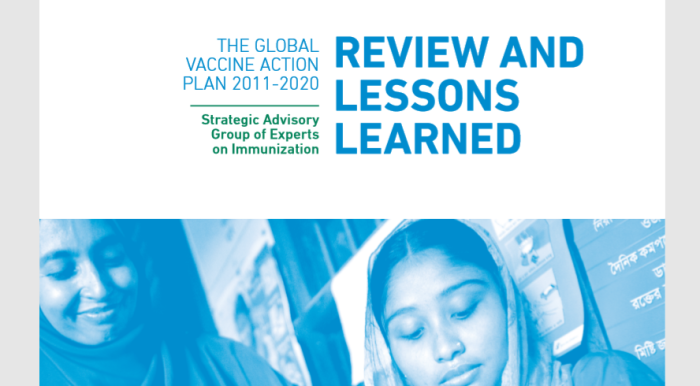
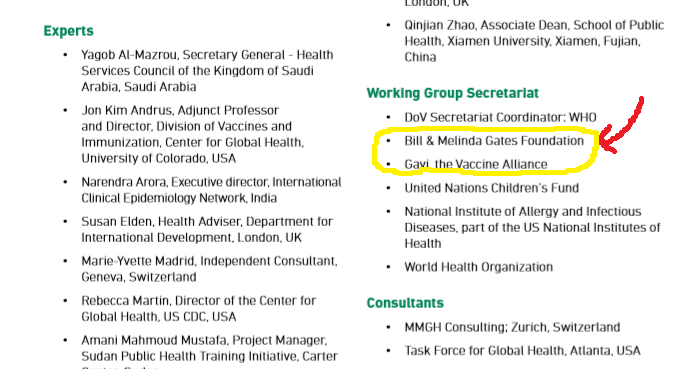
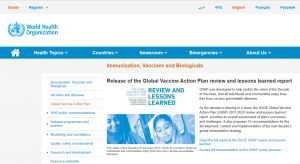
who.2011-2021.vaxx.agenda.full.text.pdf
The catalyst for GVAP was the call by Bill and Melinda Gates at the 2010 World Economic Forum for the next decade to be the ‘Decade of Vaccines’.
Gavi, the Vaccine Alliance, established in 2000, was making newer vaccines accessible to the poorest countries, while the Global Immunization Vision and Strategy, launched in 2006, provided a common vision and specific strategies for protecting more people against more diseases. New vaccines were being developed that held even greater promise.
PREFACE
The Global Vaccine Action Plan 2011–2020 (GVAP) was developed to help realize the vision of the Decade of Vaccines, that all individuals and communities enjoy lives free from vaccine preventable diseases. As the decade draws to a close, it is time to take stock of the progress made under GVAP and to apply the lessons learned to the global immunization strategy for the next decade. This report has been prepared for the Strategic Advisory Group of Experts on Immunization (SAGE) by the SAGE Decade of Vaccines Working Group (Annex 1).
Development of GVAP The Decade of Vaccines Collaboration was launched in 2010 to develop a shared plan to realize this vision. The Collaboration was led by WHO, UNICEF, Gavi, the US National Institute of Allergy and Infectious Diseases, and the Bill & Melinda Gates Foundation, coordinated by the Instituto de Salud Global Barcelona, Spain, and funded by the Bill & Melinda Gates Foundation. A Leadership Council, comprising executives of the lead organizations and a representative of the African Leaders Malaria Alliance, provided sponsorship and strategic guidance.
HISTORY
Ministers of health unanimously endorsed GVAP at the 2012 World Health Assembly; the monitoring and evaluation framework was endorsed a year later. In the following years, Regional Vaccine Action Plans and national multi-year plans were developed or updated to align with GVAP. African stakeholders went further to build political will for immunization, convening the Ministerial Conference on Immunization in Africa in 2016. This meeting launched the Addis Declaration on Immunization, through which heads of state and ministers of health, finance, education and social affairs as well as local leaders made ten specific commitments to promote health on the African continent through continued investment in immunization.
The global monitoring, evaluation and accountability process was the only aspect of GVAP with dedicated resources. In this effort, GVAP indicators were added to the WHO/UNICEF Joint Reporting Form and SAGE established the Decade of Vaccines Working Group to assess progress and draft recommendations for course corrections. Through the decade, countries reported annually, WHO and partner agencies compiled progress reports, and the SAGE independent assessment report and its recommendations were reviewed annually as a standing agenda item at the World Health Assembly
12. World Economic Forum: 2010 Gates
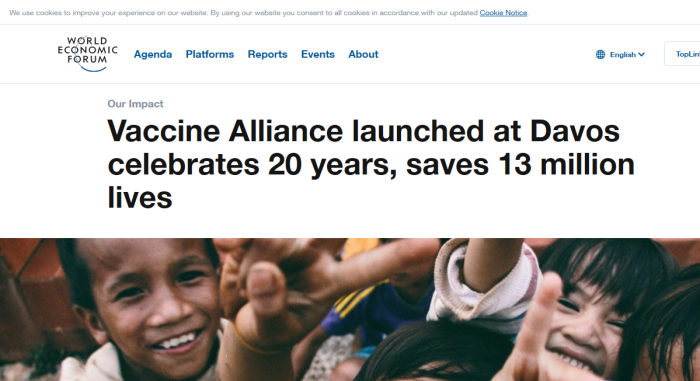
In 2000, Gavi, the Vaccine Alliance was launched at the World Economic Forum Annual Meeting in Davos, with an initial pledge of $750 million from the Bill and Melinda Gates Foundation.
Gavi brings together key influencers from the public and private sectors to save children’s lives and protect the population’s health by increasing the equitable use of vaccines in lower-income countries. To date, the Vaccine Alliance has contributed to the immunization of 760 million children, saving more than 13 million lives.
The World Economic Forum has completely embraced the vaccination agenda, and heralds it as some salvation for humanity. it many times provided a platform for Gates and his vaccine push.
13. Would You Trust This Man?
(Bill Gates and depopulation, from 2011, clip from video)
https://www.youtube.com/watch?v=Gc16H3uHKOA
(Bill Gates and depopulation, from 2011, entire video)
https://www.youtube.com/watch?v=-WFa4bHC0Do
(Bill Gates, improved health care, overpopulation)
(Bill Gates: health and population correlation)
(Bill Gates: vaccines and Ebola virus)
Gates talks about improving the health and well being of mothers in the 3rd world by use of vaccines, and that it would lead to a lower population. However, it seems illogical that improving the health would lead to less children being born. Gates counters that parents will simply choose to have less children if they knew the ones they had would be healthier.
Gates has also spoken about the world being overpopulated, and claims it is causing environmental problems. One should be extremely concerned about taking vaccinations from someone who is interested in depopulation.
The research that the World Health Organization and its partners have done into “vaccine hesitancy” is downright creepy. If the vaccines produced are what they claim to be, it shouldn’t be a hard time pitching them for others to take.
The Canadian Government seems on board with the vaccination agenda. (See previous articles on this subject in Section #1). The Prime Minister and various Premiers openly call for mass vaccines. M-132 passed in Parliament, making it easier to fund future research. The University of Saskatchewan has long conducted research with partners that are Gates and UN funded. The Government has been lobbied at least 20 times on behalf of GAVI by Crestview Strategy, and the bureaucrats themselves seem to be okay with it.
These are very dangerous times indeed.

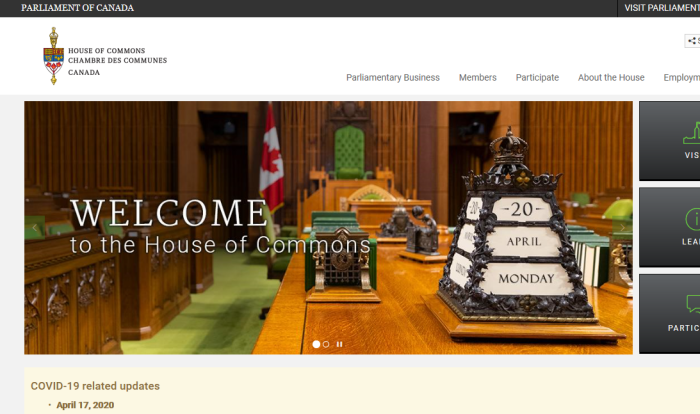
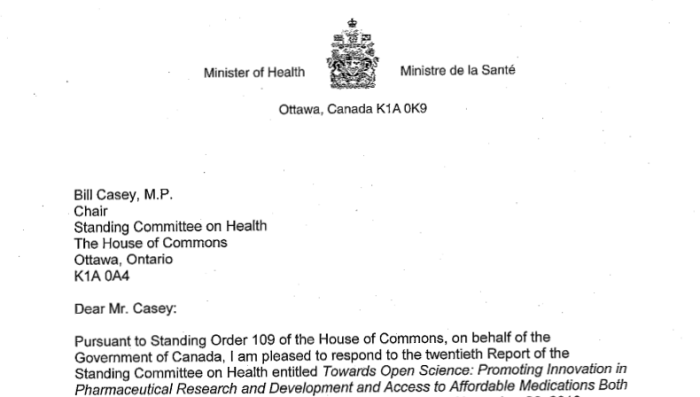
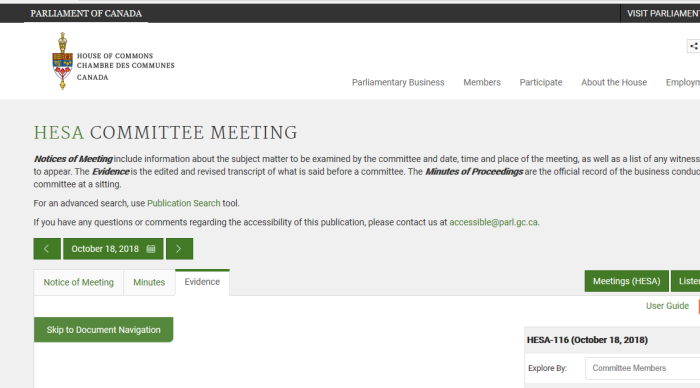
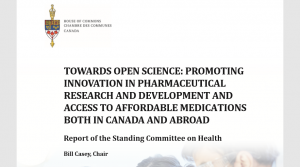
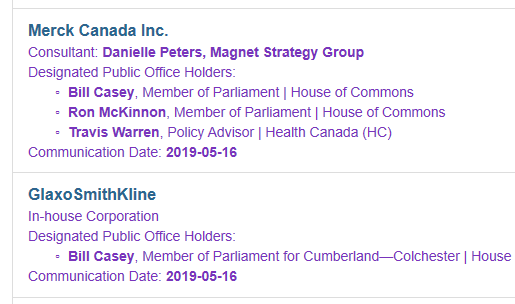
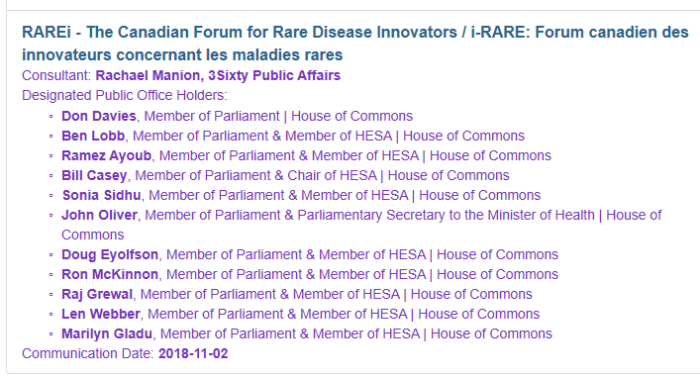
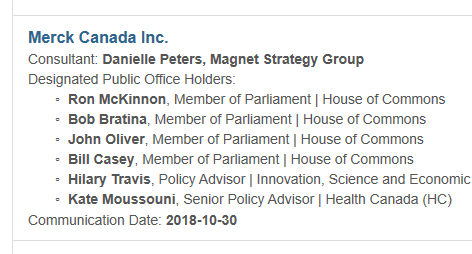
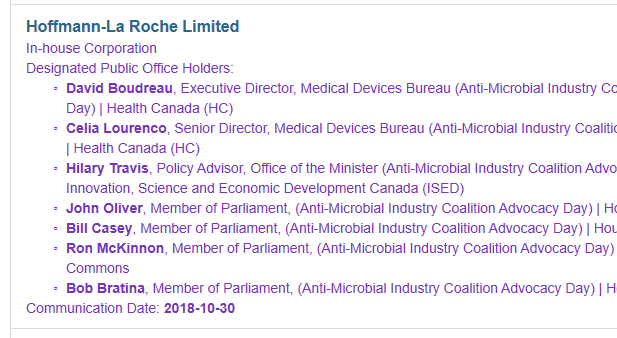
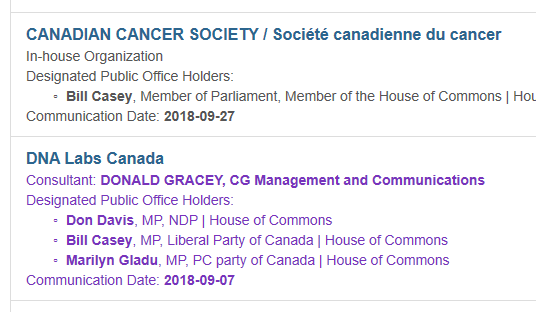
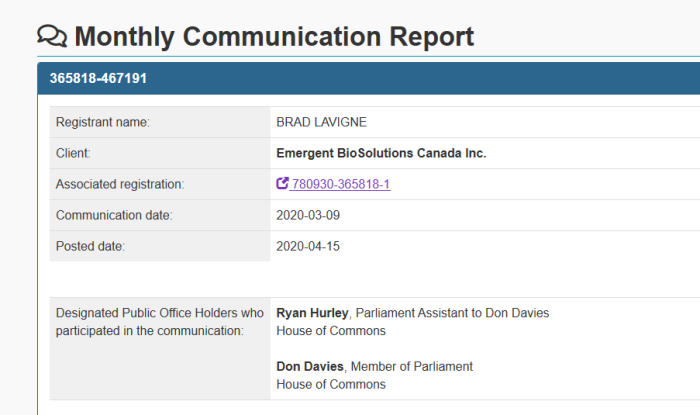
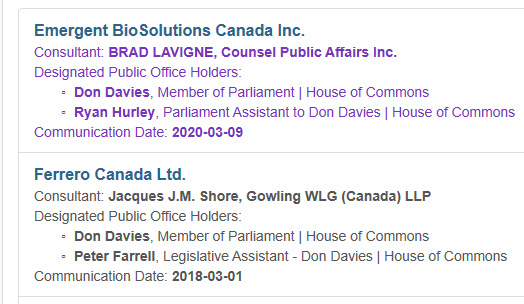
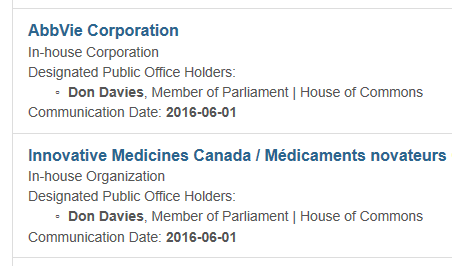
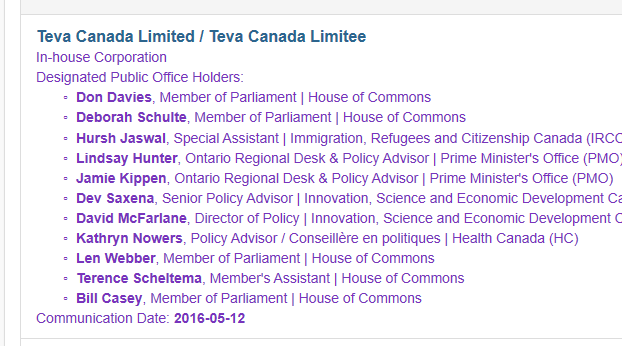
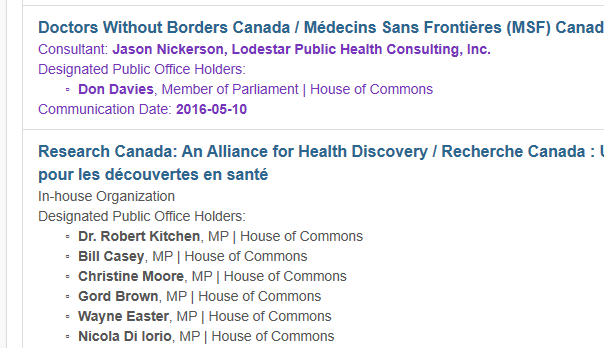
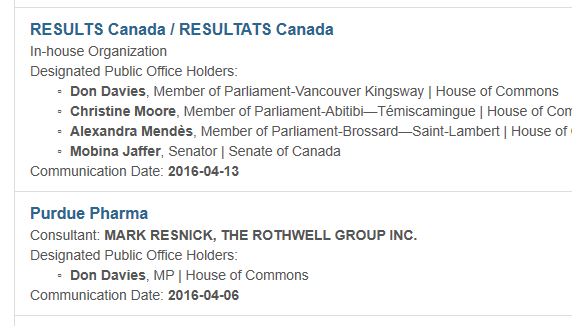
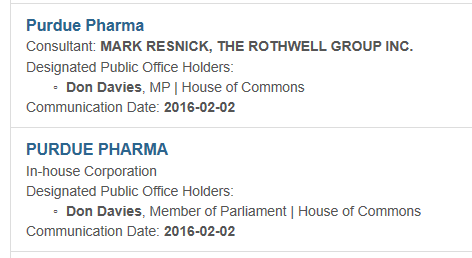
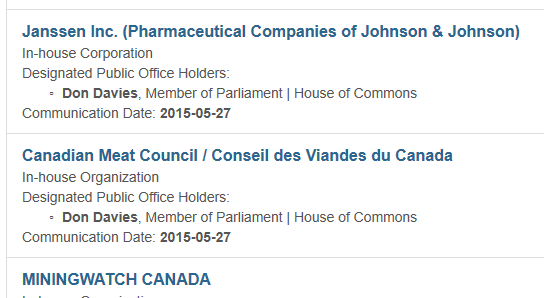
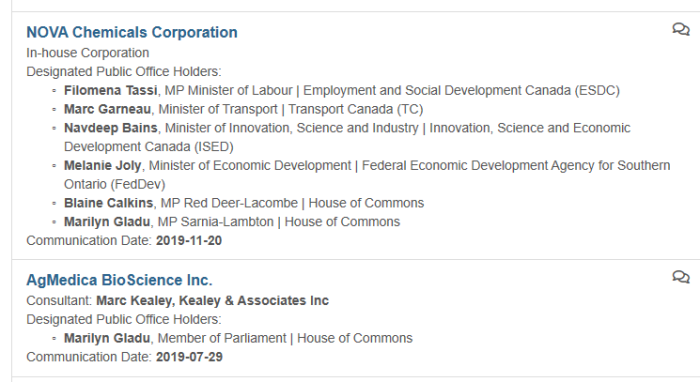
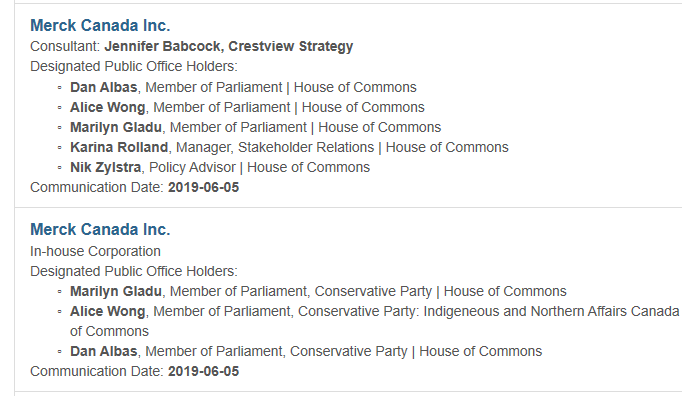
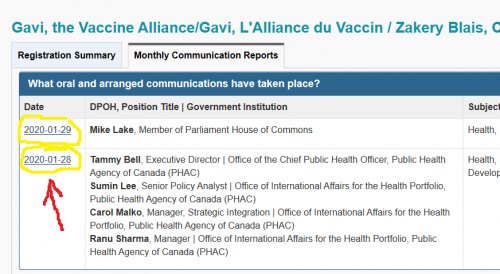
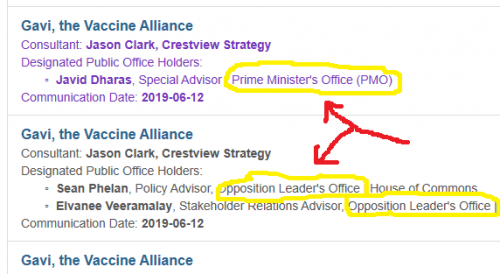
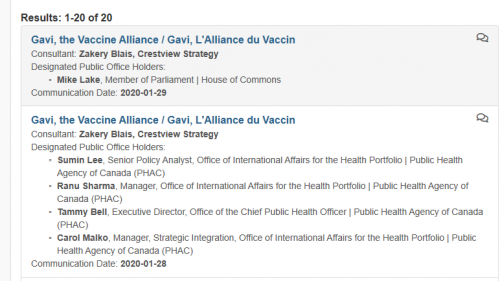
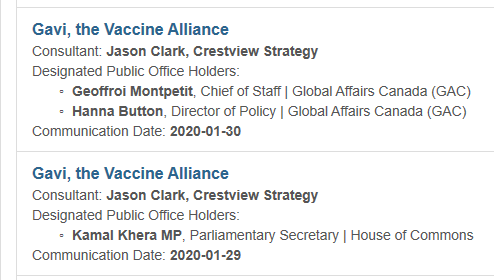
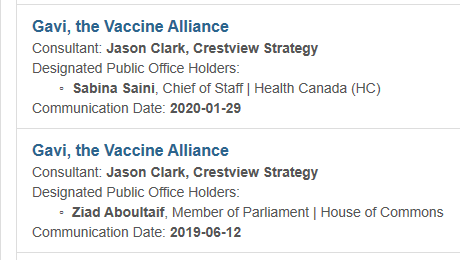
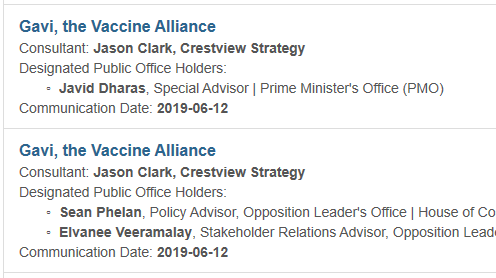
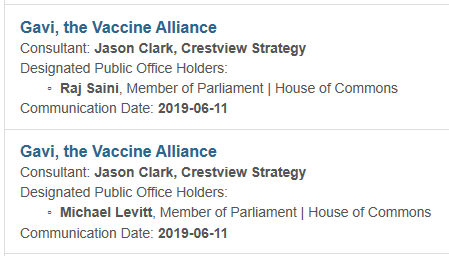
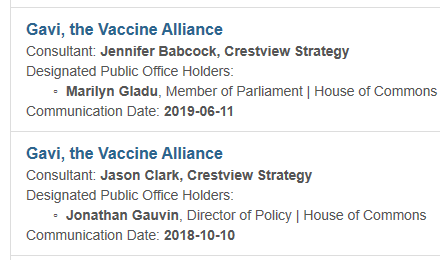
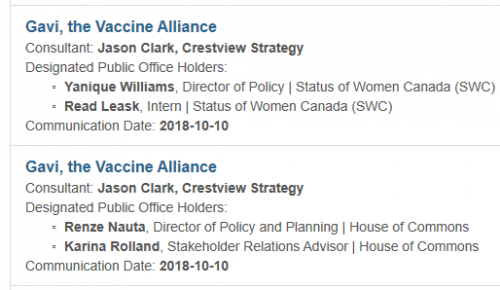
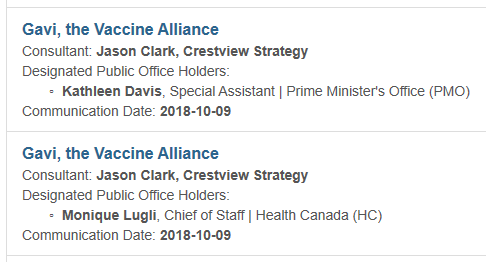
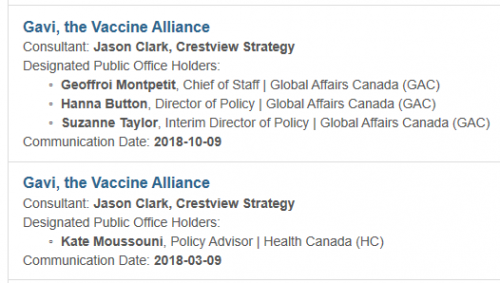
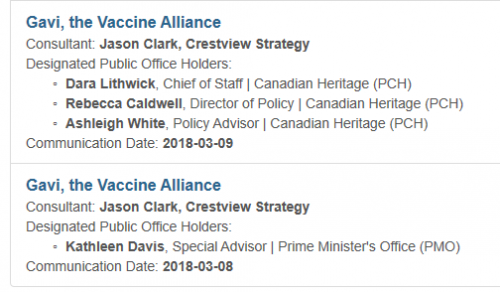
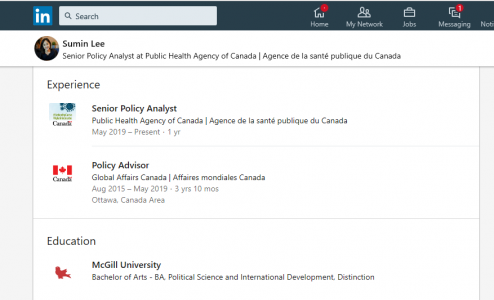
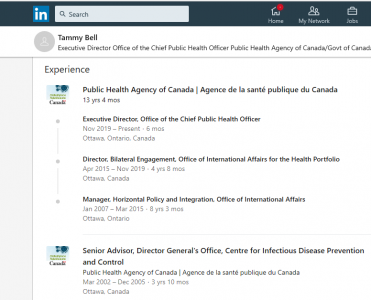

 >
>